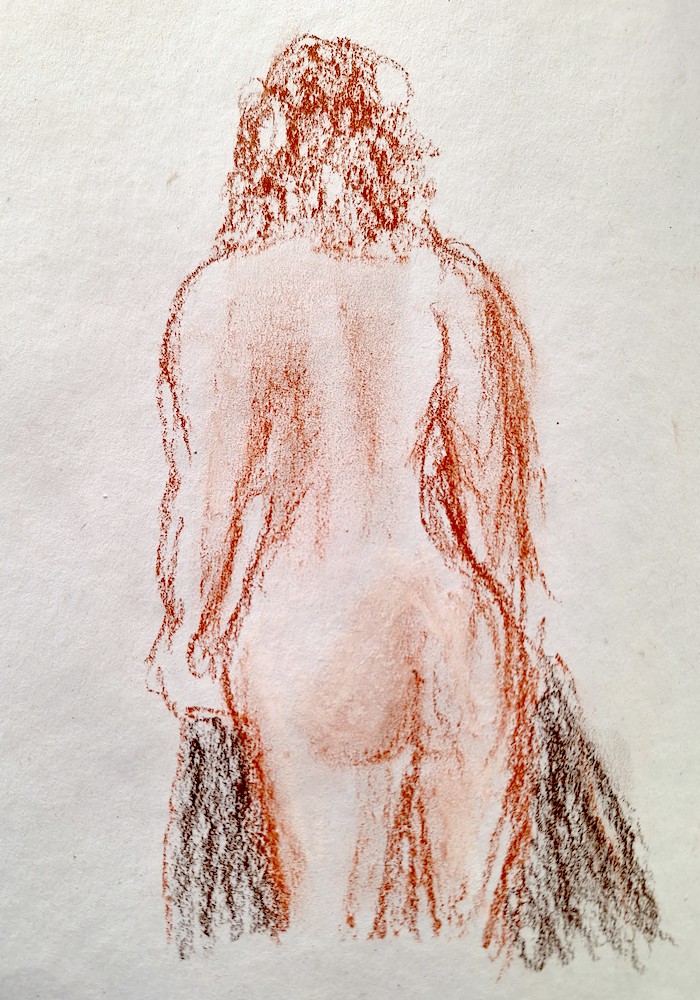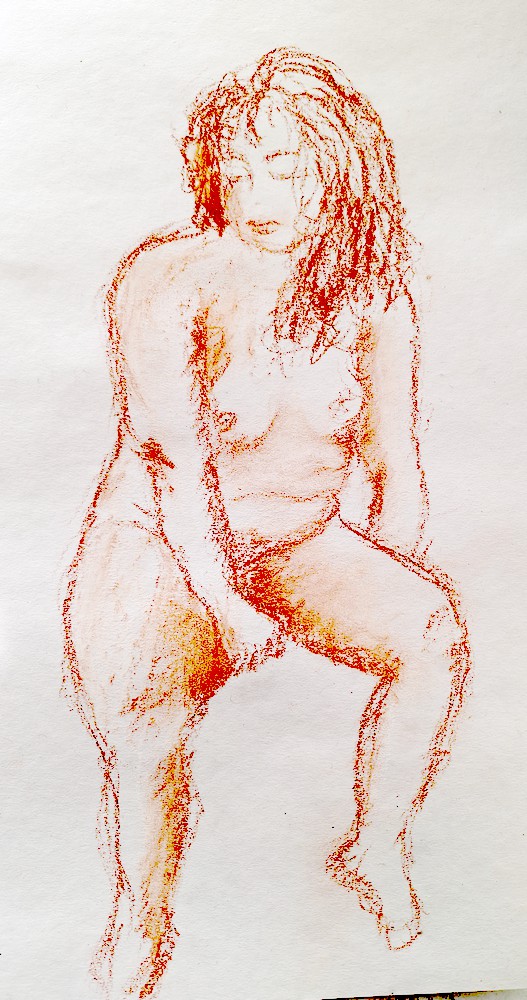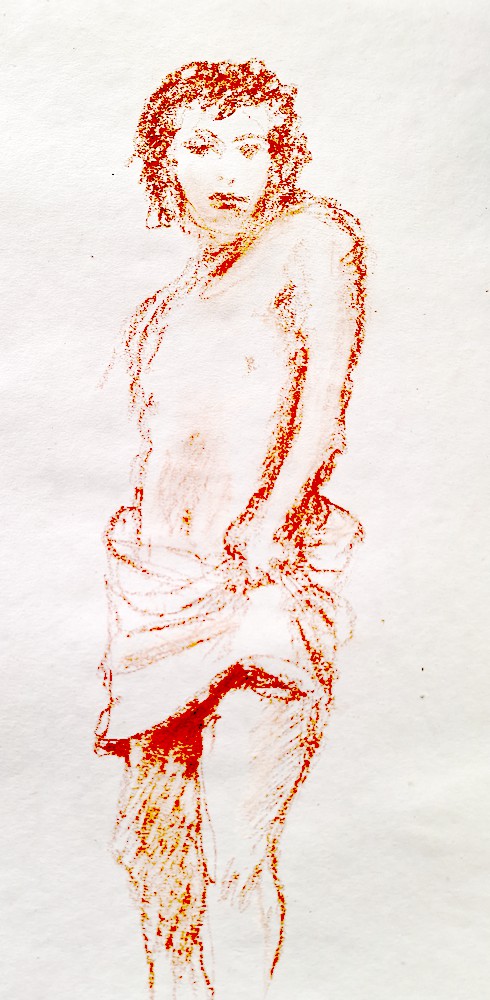

Eyes that seek the Unseen

Some time spent trying to improve the linocut technique led me to stop drawing with a model at the end of 2025. I restarted this week with a new session of drawing the human figure. Four sketches, female model, drawing with brown pigment and chalk on paper. Some more sessions are needed in the near future….

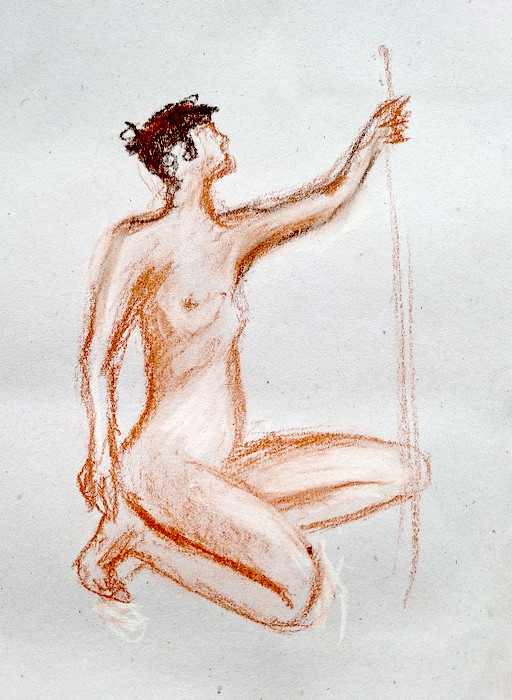
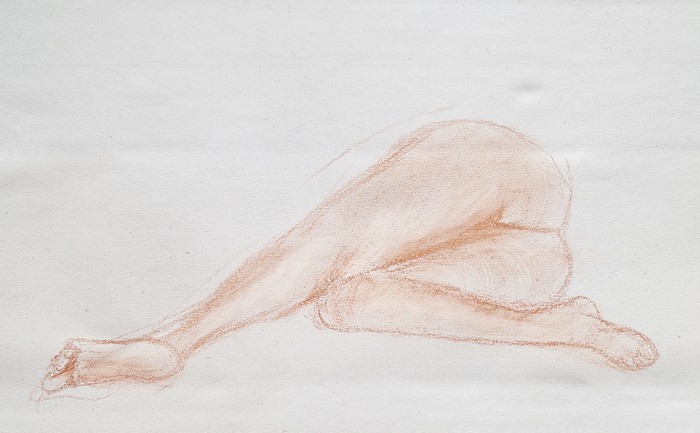
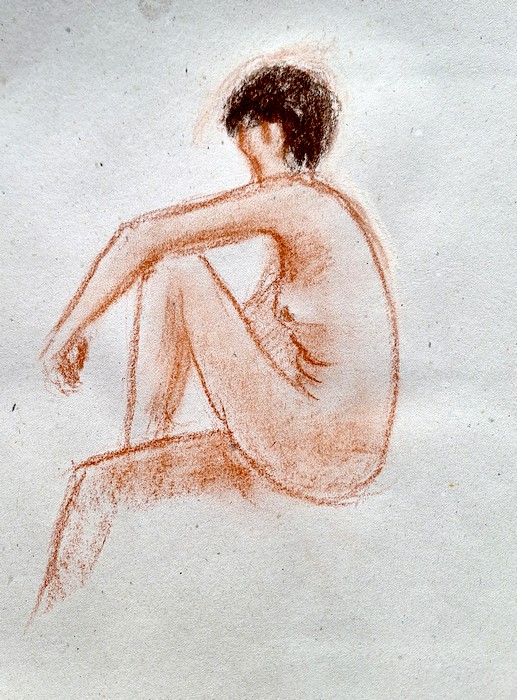

I received a Christmas card from Ukraine a few days ago. Beyond the traditional motifs one expects to find, I noticed that behind the central motif is the figure of a soldier in combat gear.
It is sad and has a very special meaning, this presence on a Christmas card.
Let’s hope that the postal iconography of next Christmas will no longer include this theme.
The small caste of Torres Vedras, not far from Lisbon, was well worth the visit. On the top of a hill, with a nice view to the town and surronding área. It was built in the XII century, replacing a primitive muslim fortress. The buildings inside the castle do not exist anymore, and the walls were subjected to several destructions and reconstructions – including the damages caused by the great 1755 eartquake . A great part of the walls are still well preserved
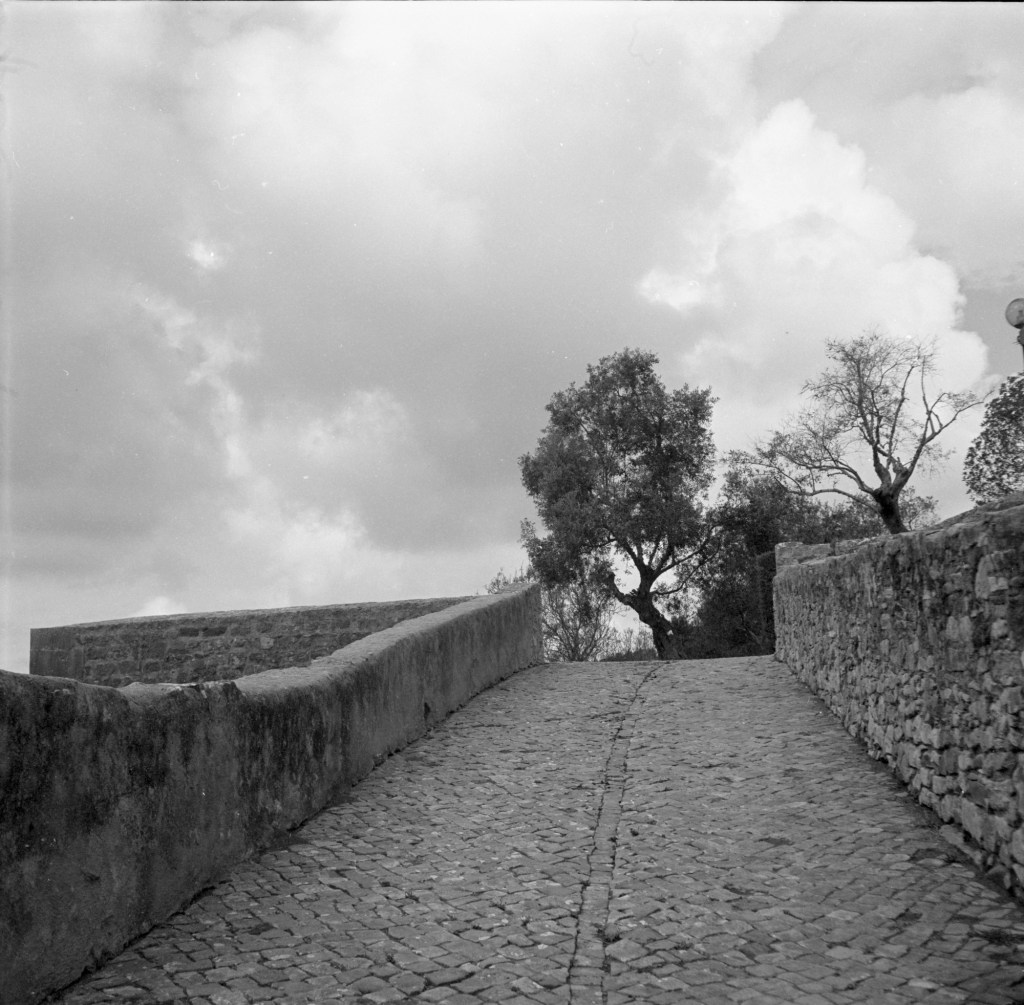


The Penafirme Convent was built in the XVI century, not far from the sea. It was destroyed by the 1755 earthquake and the ensuing tsunami. The surviving monks were displaced inland, to a new convent that still exists. The ruins of the old convent are abandoned, half covered by sand. Some arches and windows still exist, as well as the thick walls.
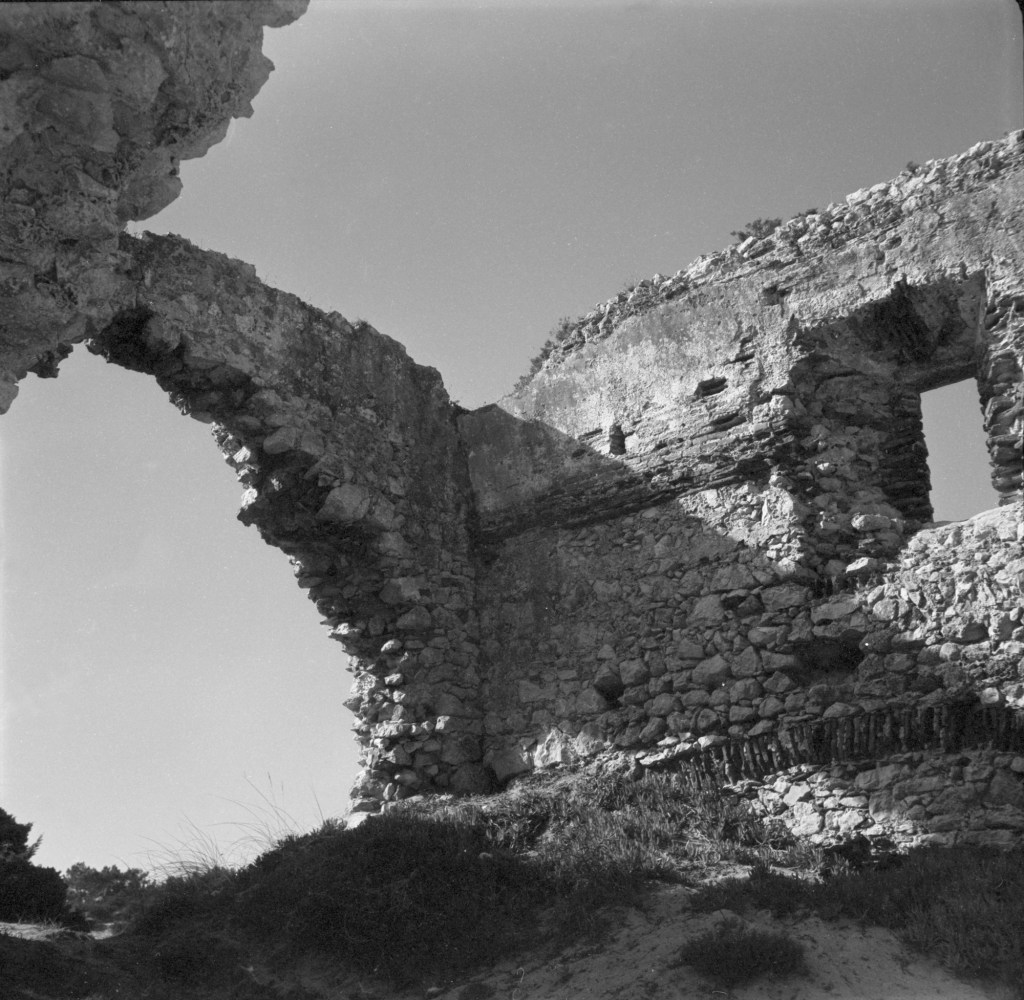
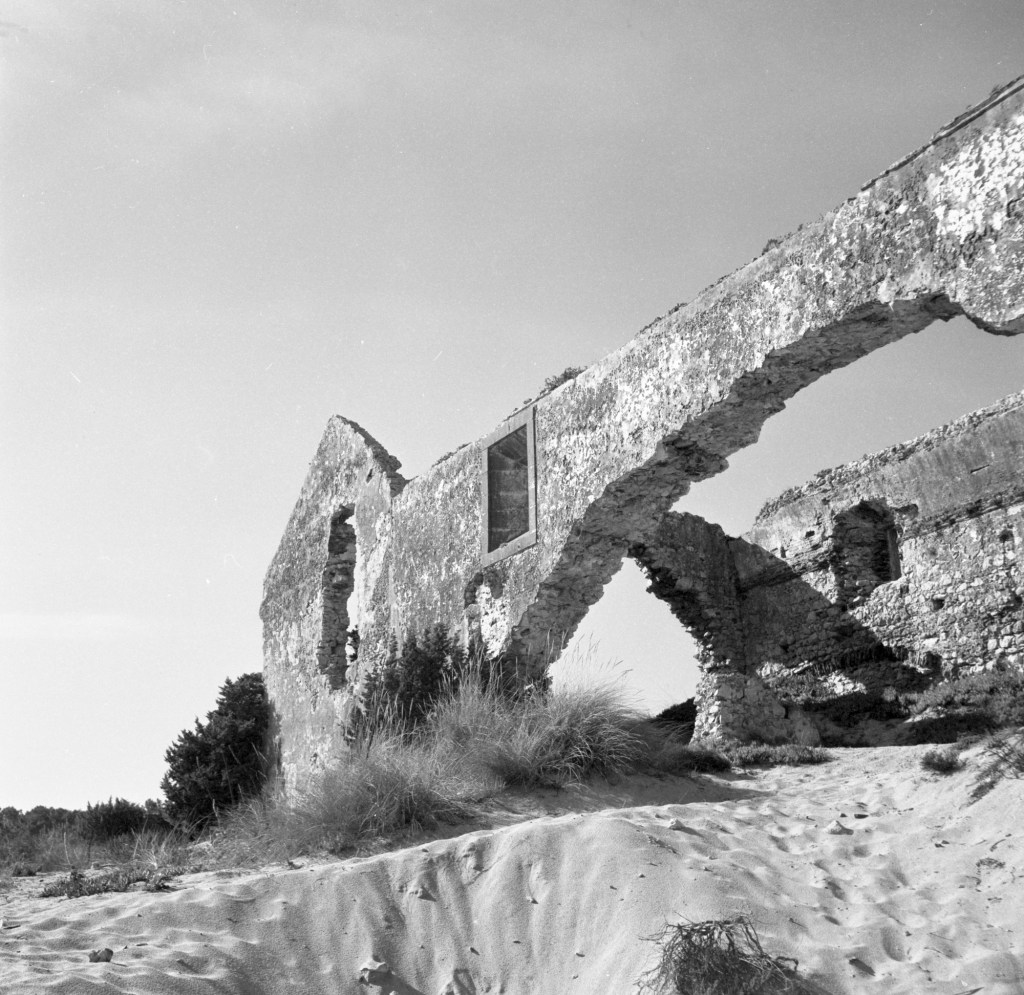
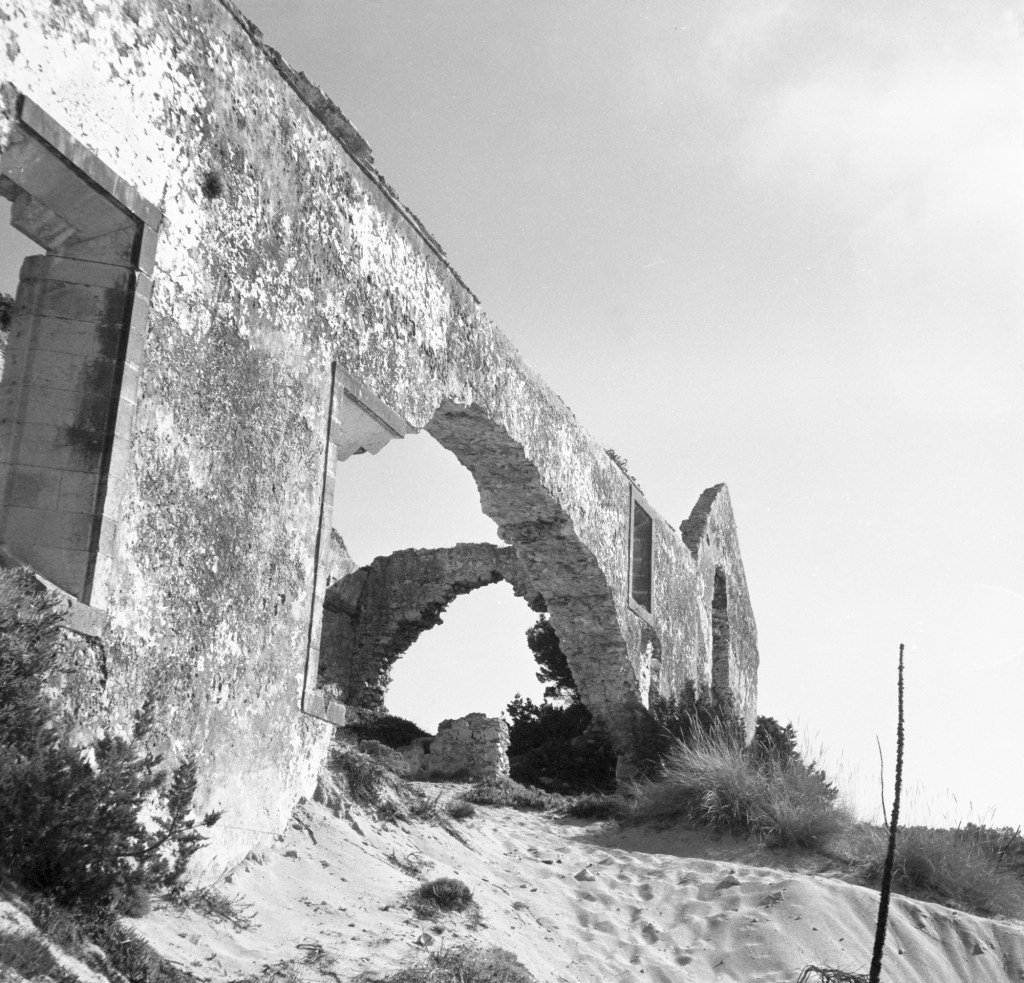
The Autumn light in Lisbon is wonderful, after 4:00 PM the tangential light of the setting sun makes all the details of the buildings and walls more evident. The contrast with the shadows is amazing and the increasing air humidity allow us a more sharp vision of the lines and surfaces around us. The sun is still bright, and it is a good time to relax by the river.

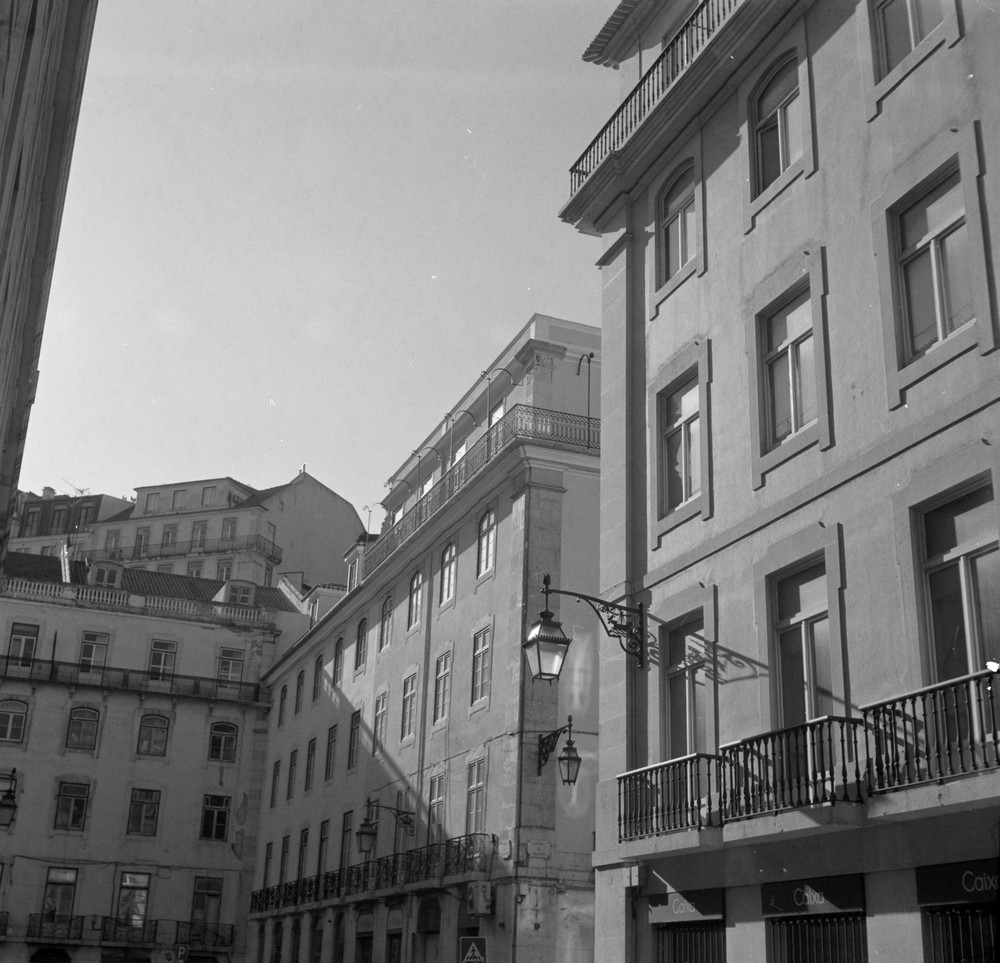


Henri Michaux wrote “Faute de soleil, sache mûrir dans da glace” – When there is no sun, know how to ripen in ice. That is a good advice, not only for the incoming Winter, but for one’s general attitude towards life. I tought this was a good subject to be illustrated in my first steps in linocut. Or it can be seen as just a plain winter landscape. The linoleum plate on top, the resulting print below.
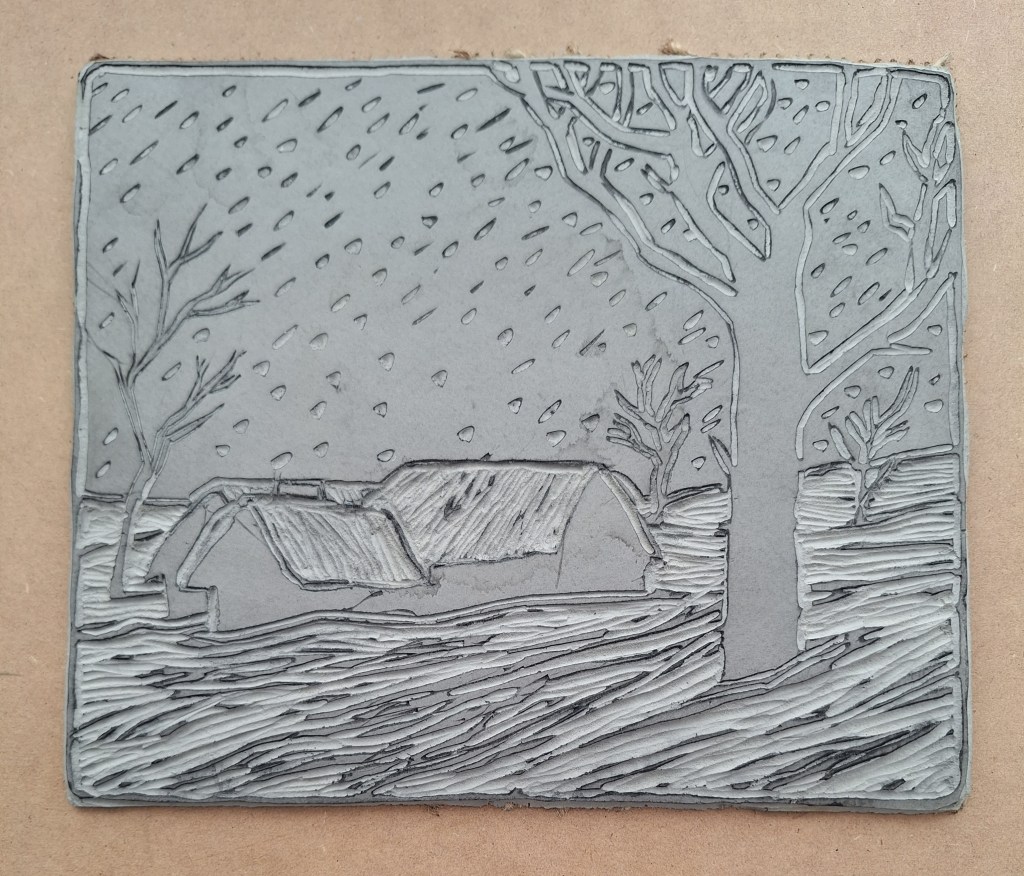

Last week-end, a Blue Grass Festival took place at Trafaria Casino (an ostentatious name for a nice local social club). A very welcoming ambience, free-entrance and several blue-grass bands from different countries. Many amateur musicians played together in small spontaneous groups, creating jam-sessions before and after the professional performances. A very relaxed atmosphere , a sense of togetherness and the good music made this a memorable event for me-
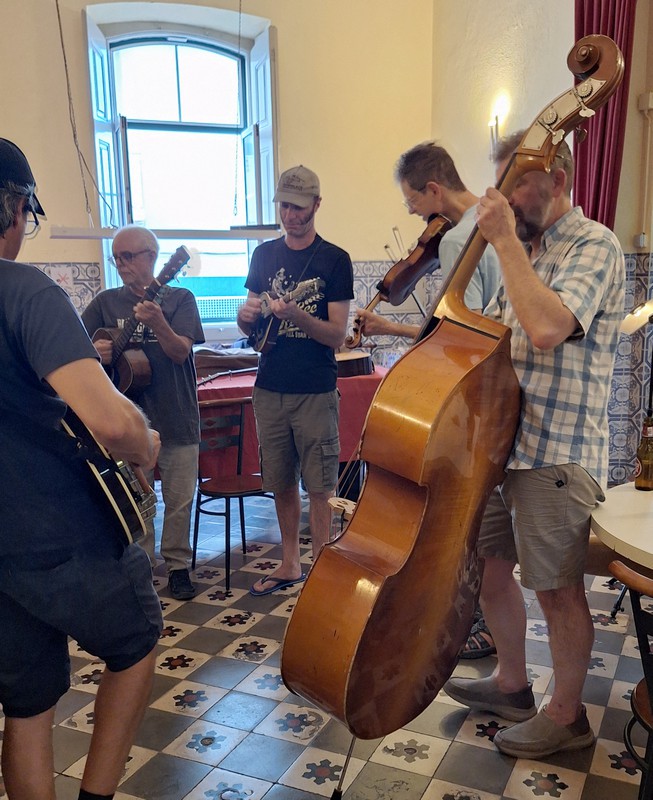
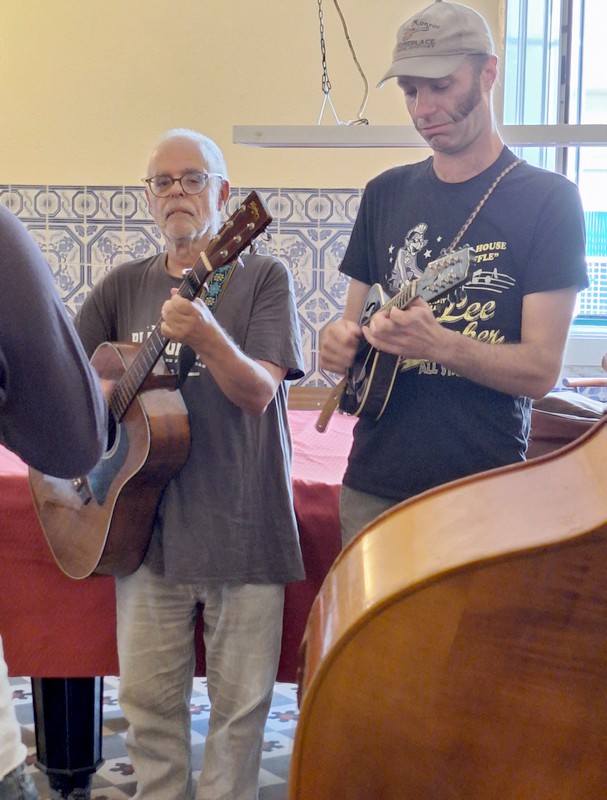
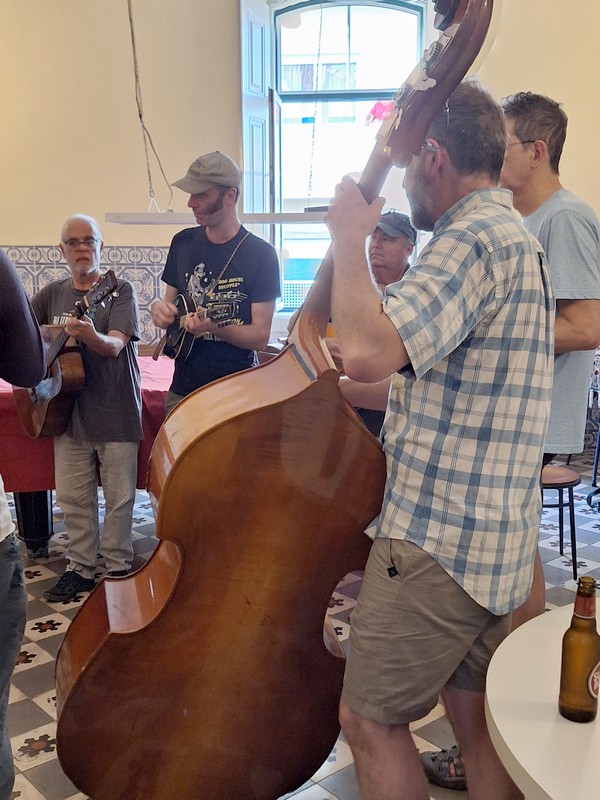
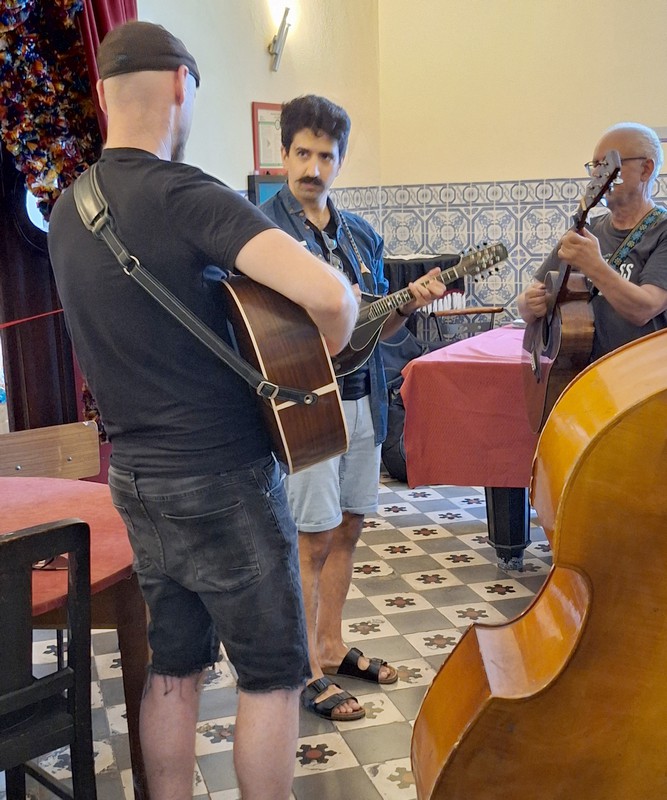
Tunning the guitar
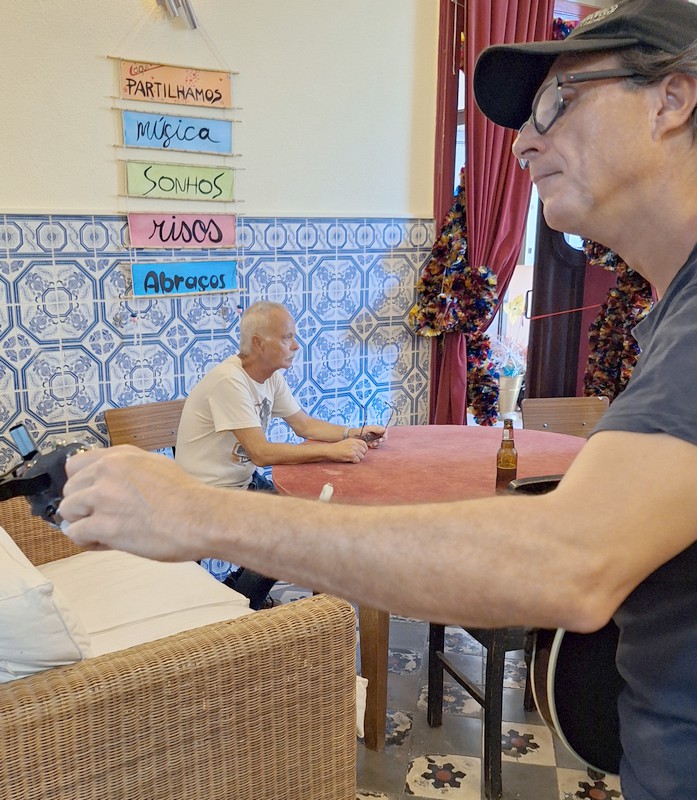
The Casino, a typical building from the early XX century. The tiled floor is precious !
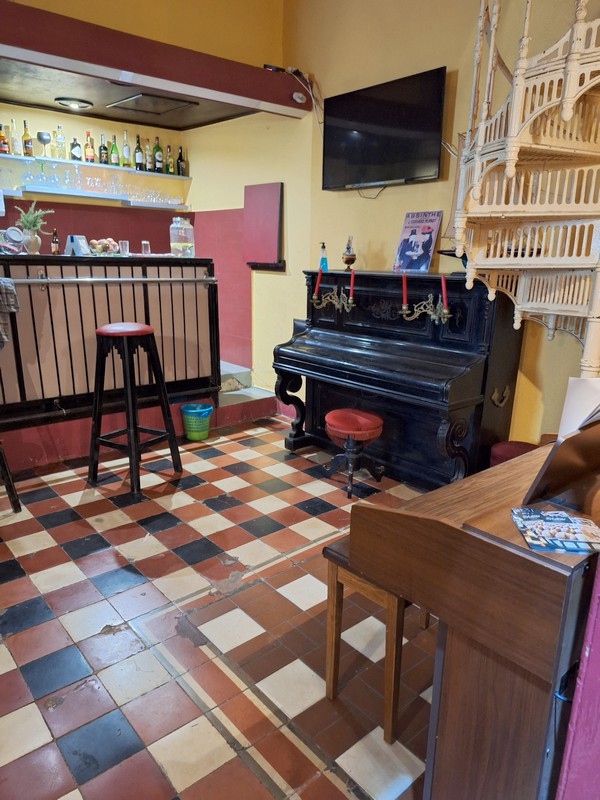
Some members of the Crying Uncle Blue-grass Band (USA) with an invited banjo performer
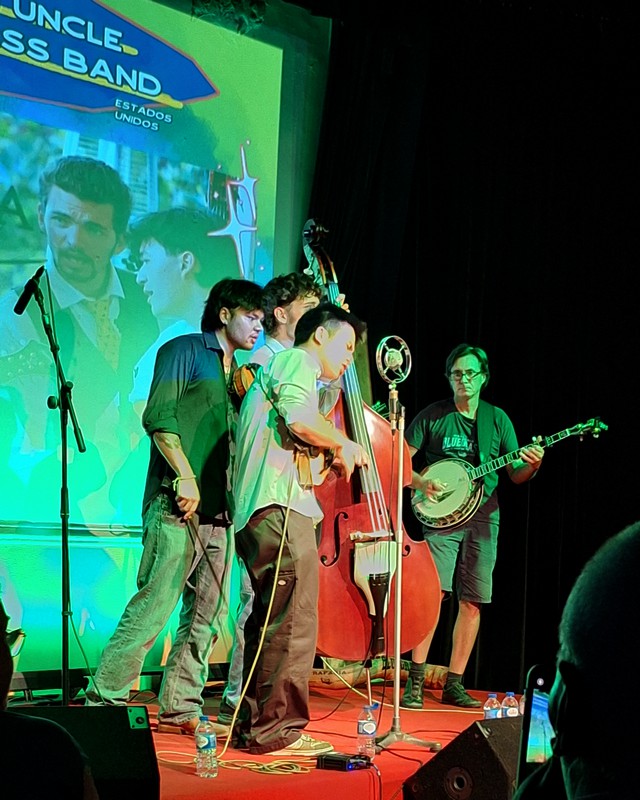
A boat trip up the Douro River, between banks dotted with small marinas, villages, lush vegetation, orchards, and vineyards—lots of vineyards. The trip ends in Peso da Régua.
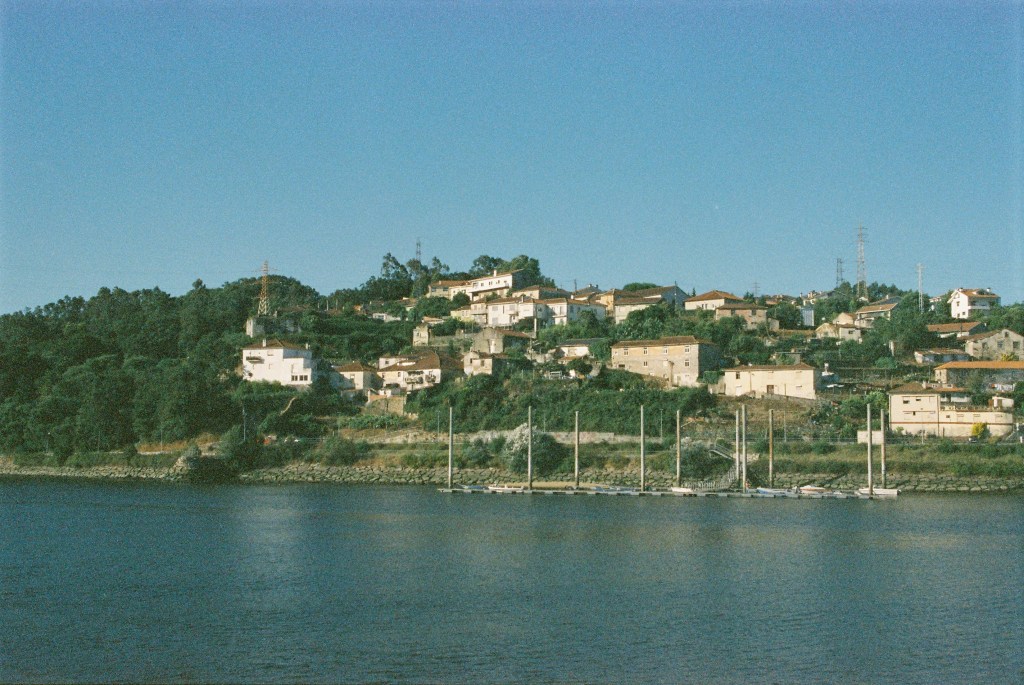
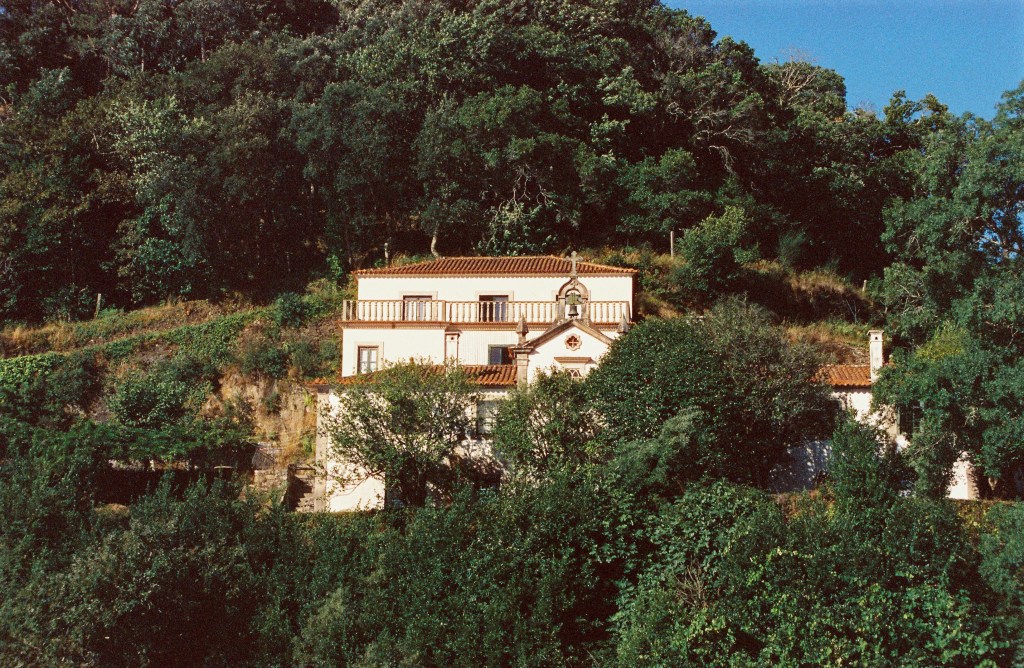

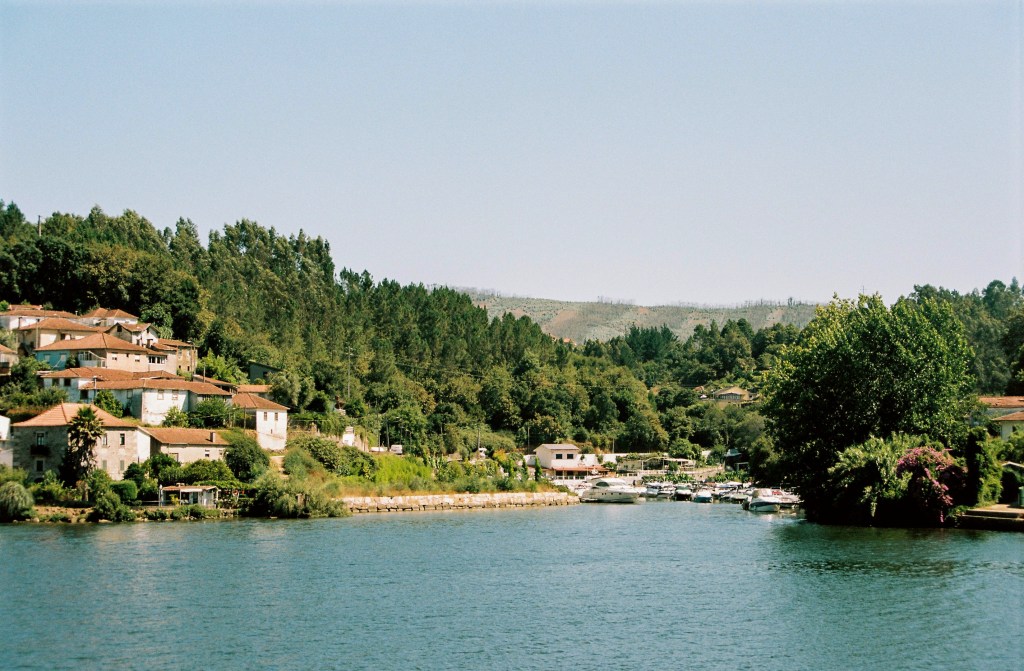
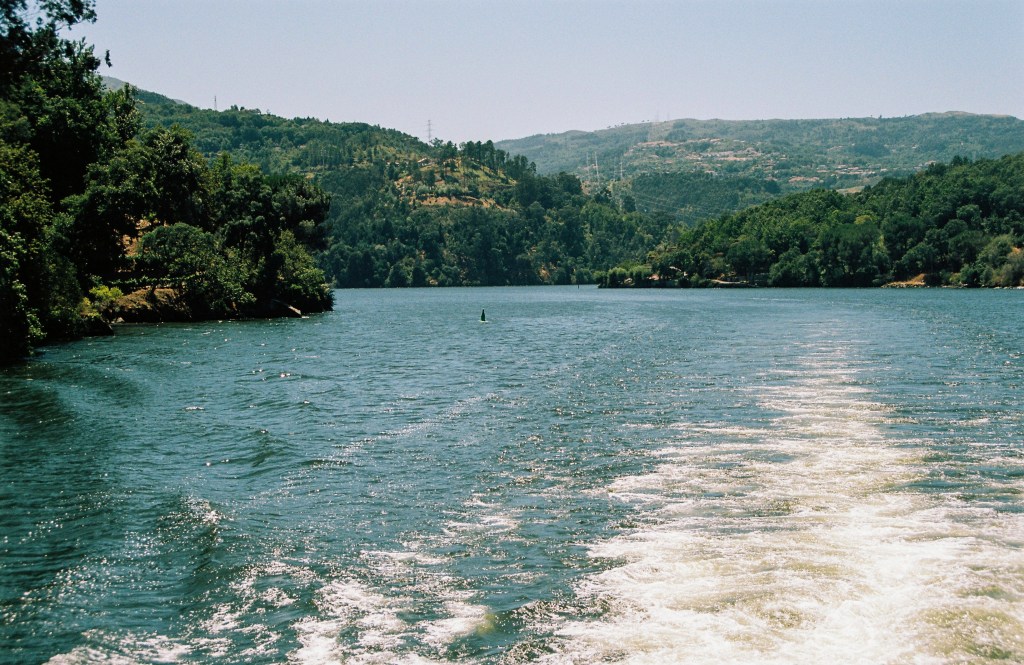
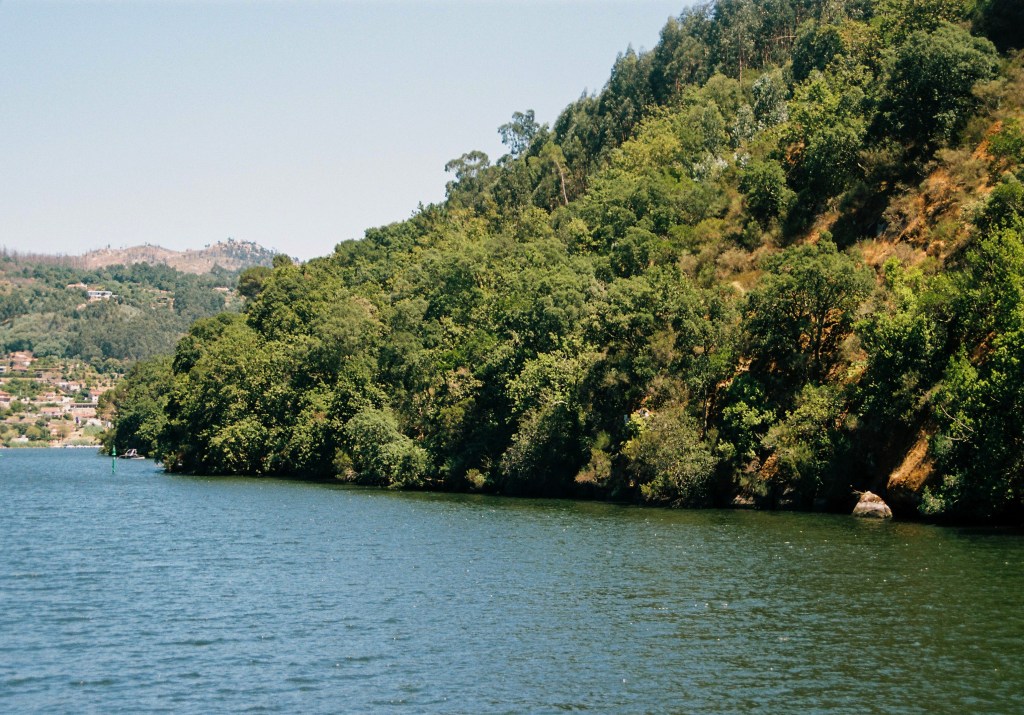



Some images of Gaia and Porto, seen from the south bank.
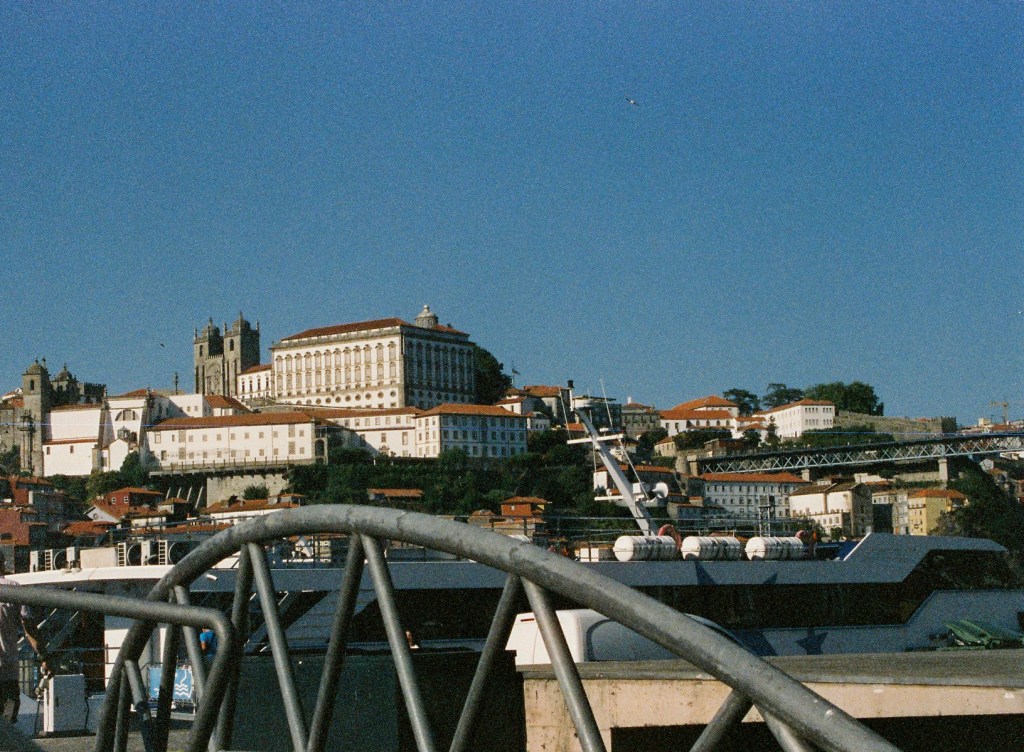
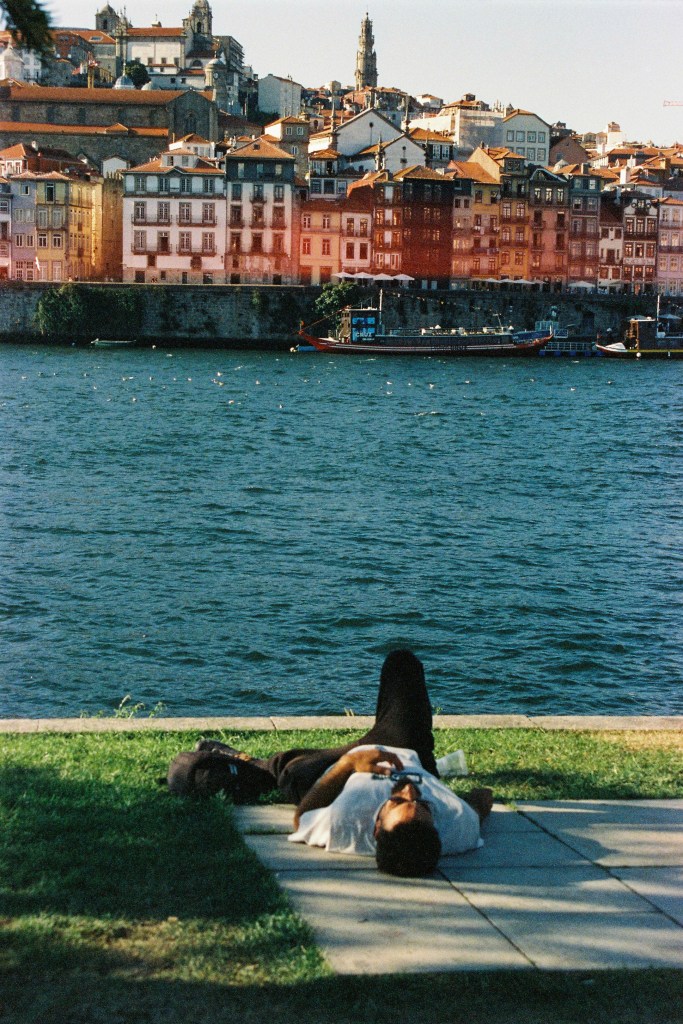

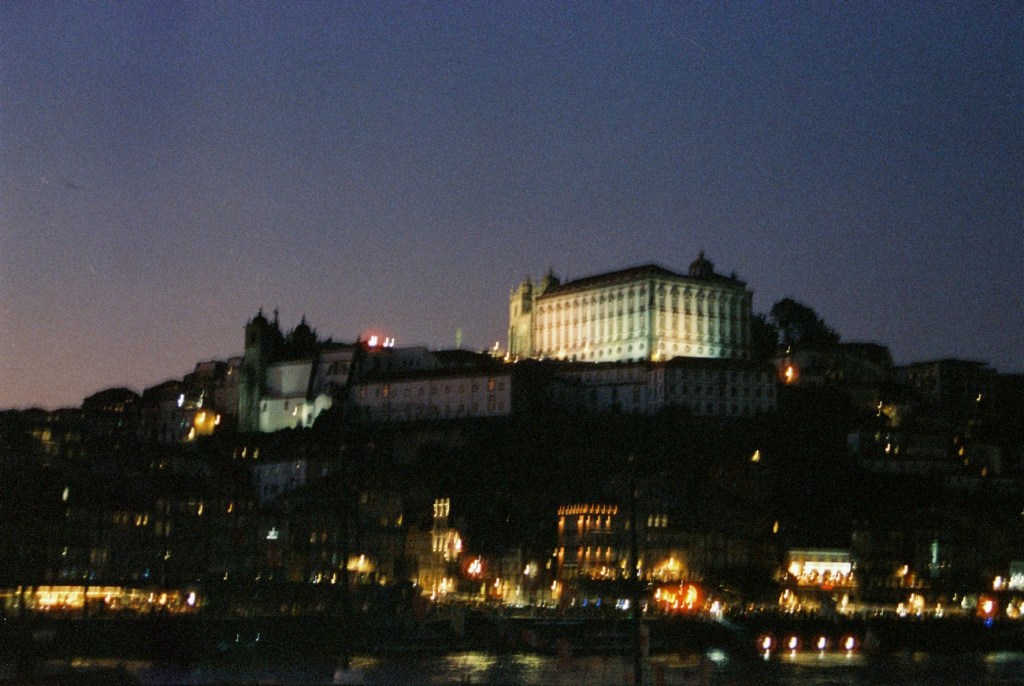
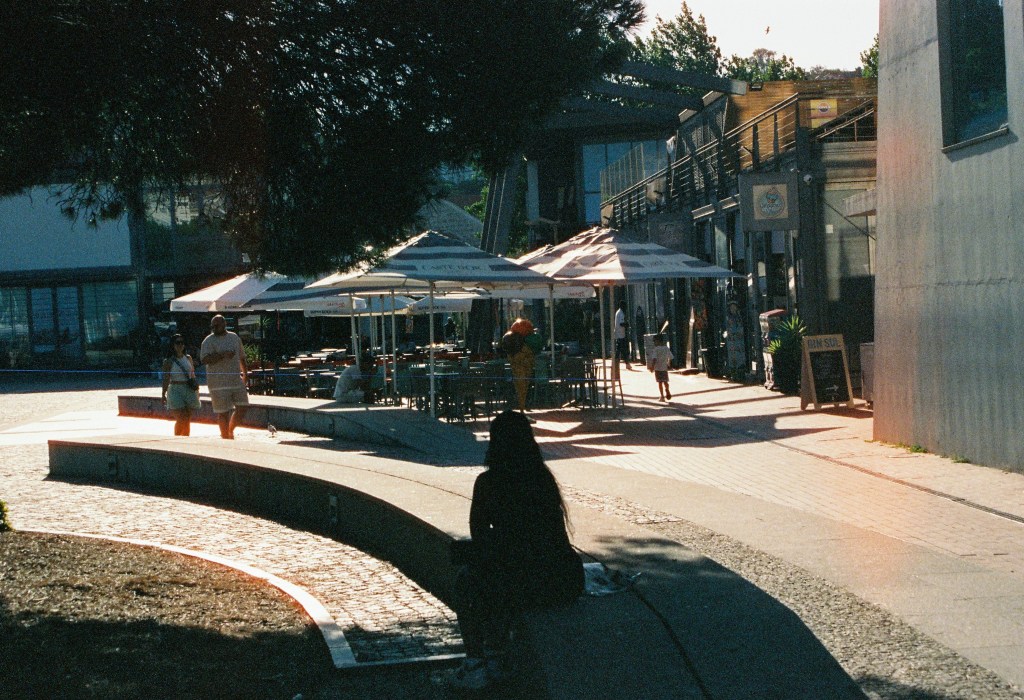
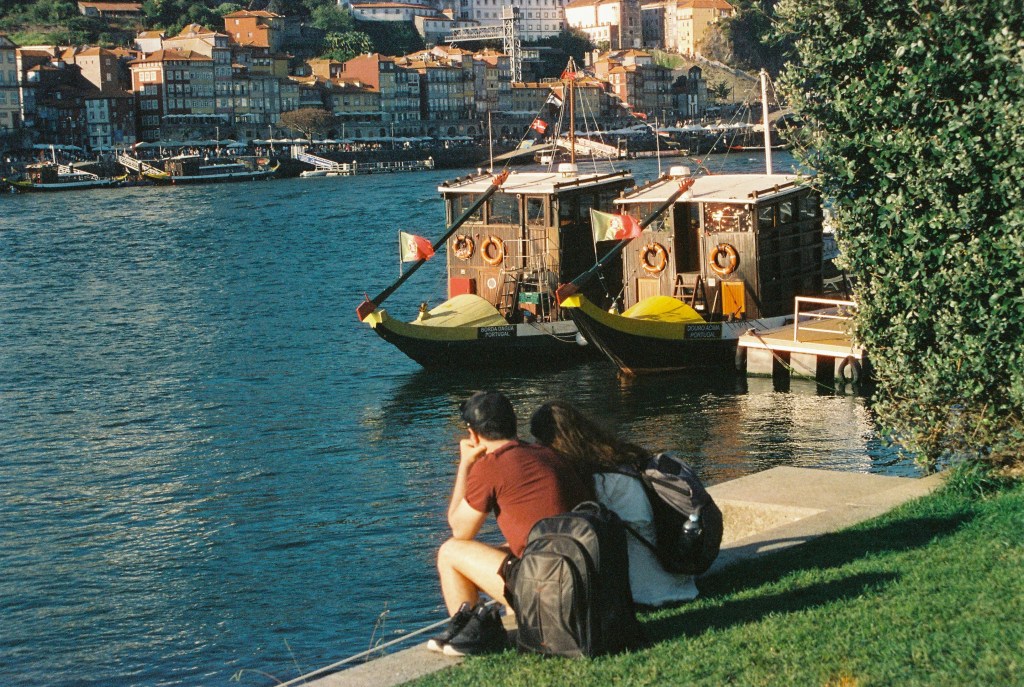
From a short visit to Nicosia, Cyprus, under a 38.C sun. Photos were made in the Greek side of the city (Republic of Cyprus) and in the Turkish side (self-proclaimed Turkish Republic of Norther Cyprus). The border control is very strict, photos of the control posts are forbidden in both sides : armed policemen, fences and barbed wire mark the division between both sides. It is, I think, the last divided capital in Europe …
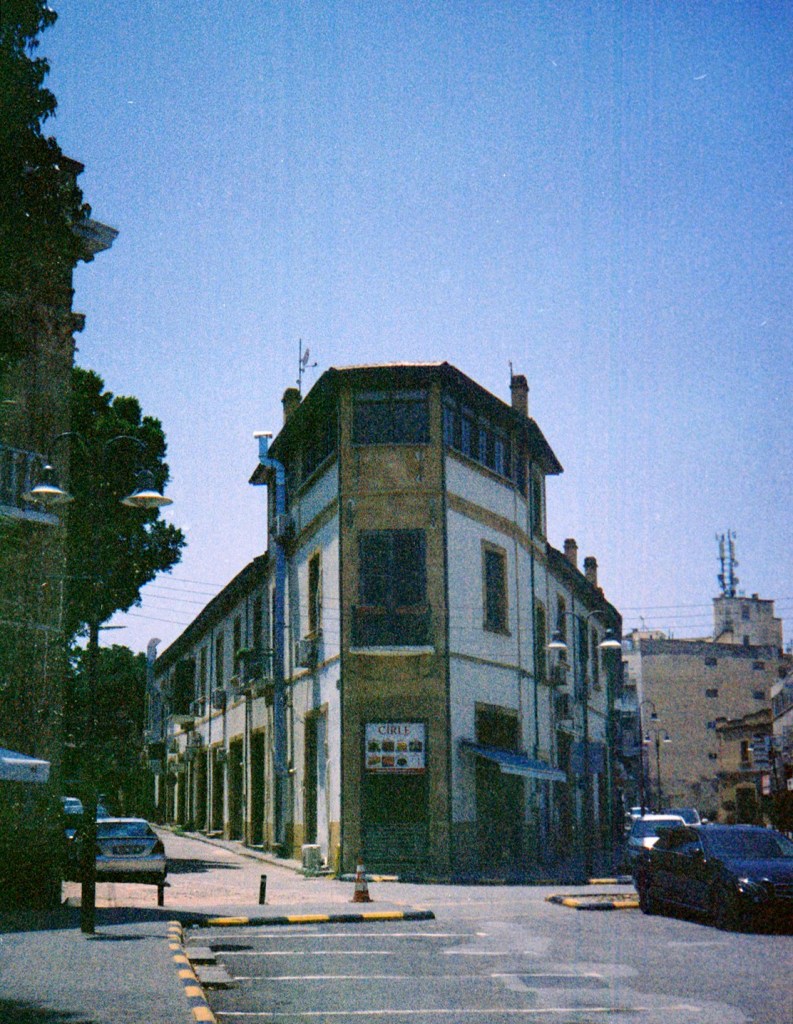
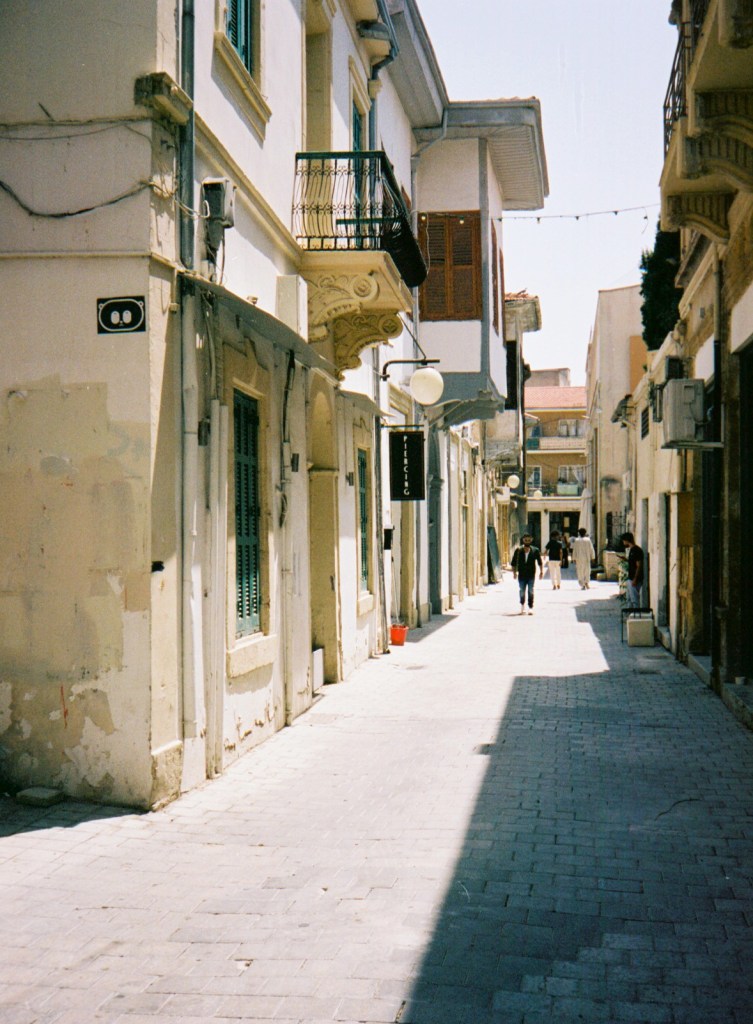


Büyük Han, a former caravanserai built in the XVI century, in the Turkish side of Nicosia. It was recently restored and now has some shops and restaurants inside
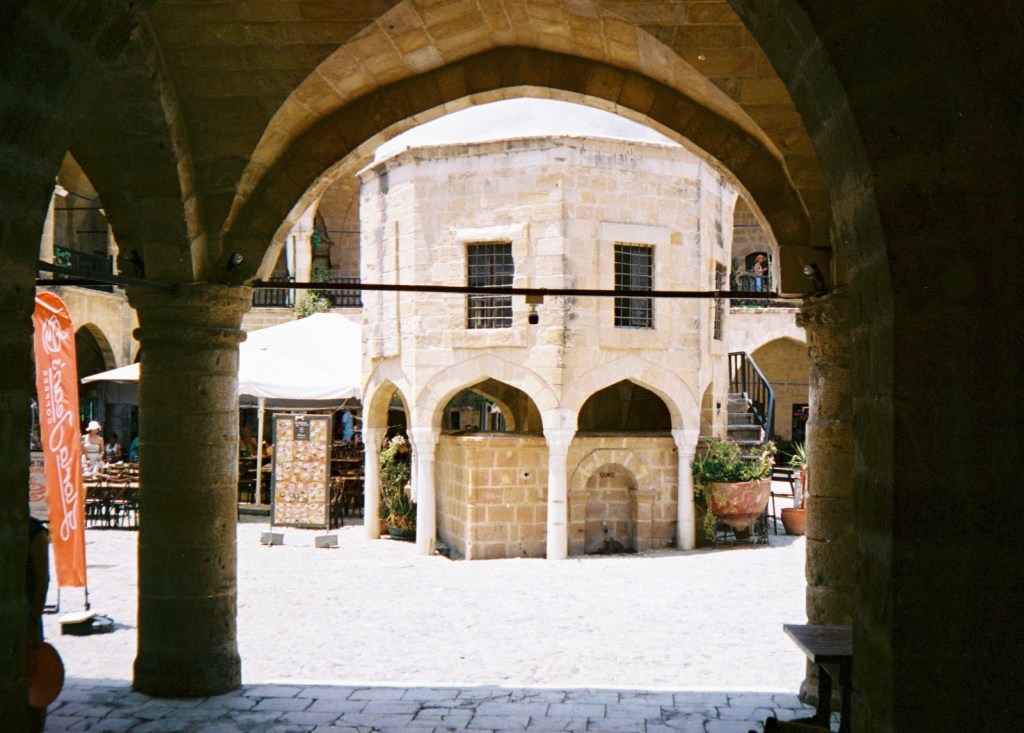

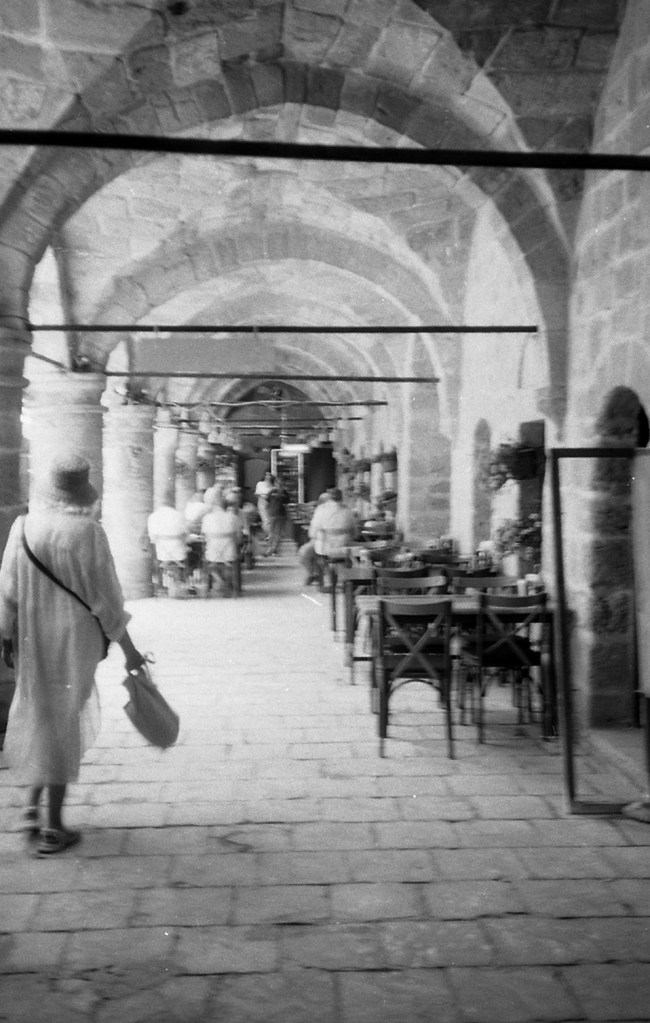

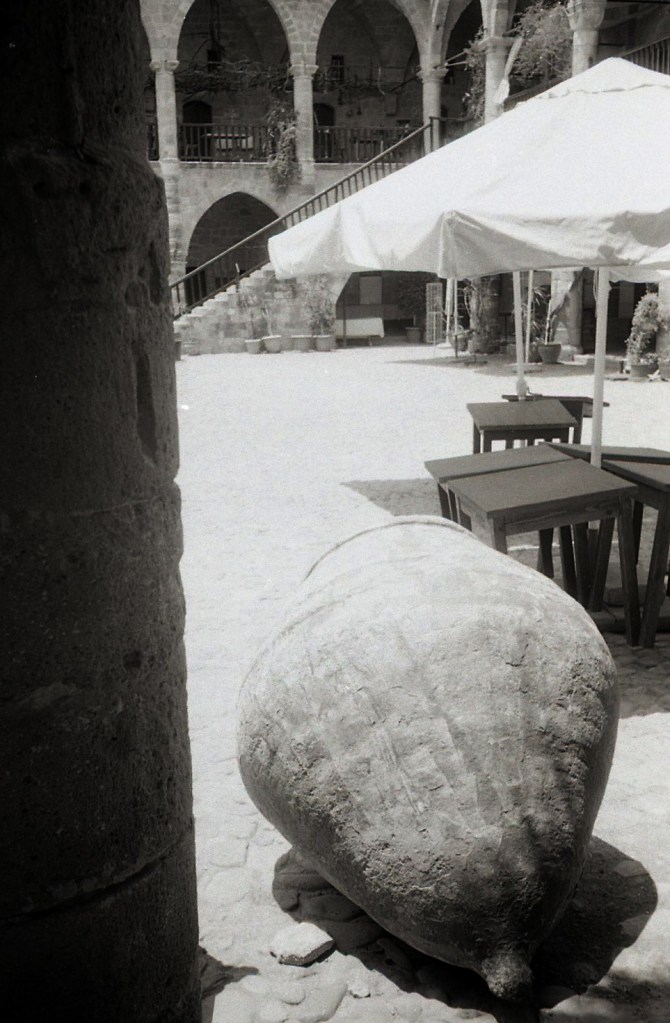
In July 1974, Turkish troops occupied the north and east of the island of Cyprus. This territory gave rise to the self-proclaimed Turkish Republic of Northern Cyprus, which is separated from the Republic of Cyprus by a winding line of territory controlled by United Nations military forces.
At the eastern end of this line, in the area currently controlled by the United Nations, near the city of Famagusta, the Varosha tourist resort was built with an excellent beach, buildings, houses, shops and all the necessary infrastructure along the coast. Faced with the approach of Turkish troops in 1974, the inhabitants abandoned their homes within a few days in a hurry.
The resort of Varosha has remained empty and off-limits for decades. Recently, visitors have been allowed during the day, but no entry into the houses, which are surrounded by fences. They also allow access to the beach during the day.
The area is clean, with no rubbish on the streets, no graffiti on the walls and no animals to be seen. Trees and wild weeds grow freely. It is a case of pure natural decay without human intervention. There is a profound silence and, despite the good weather, the atmosphere is heavy.
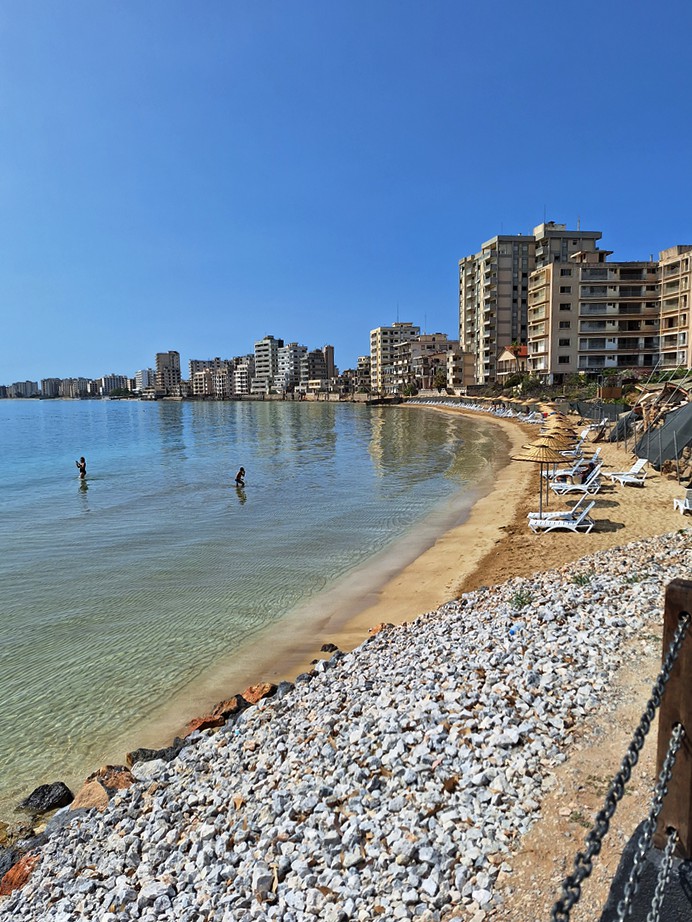
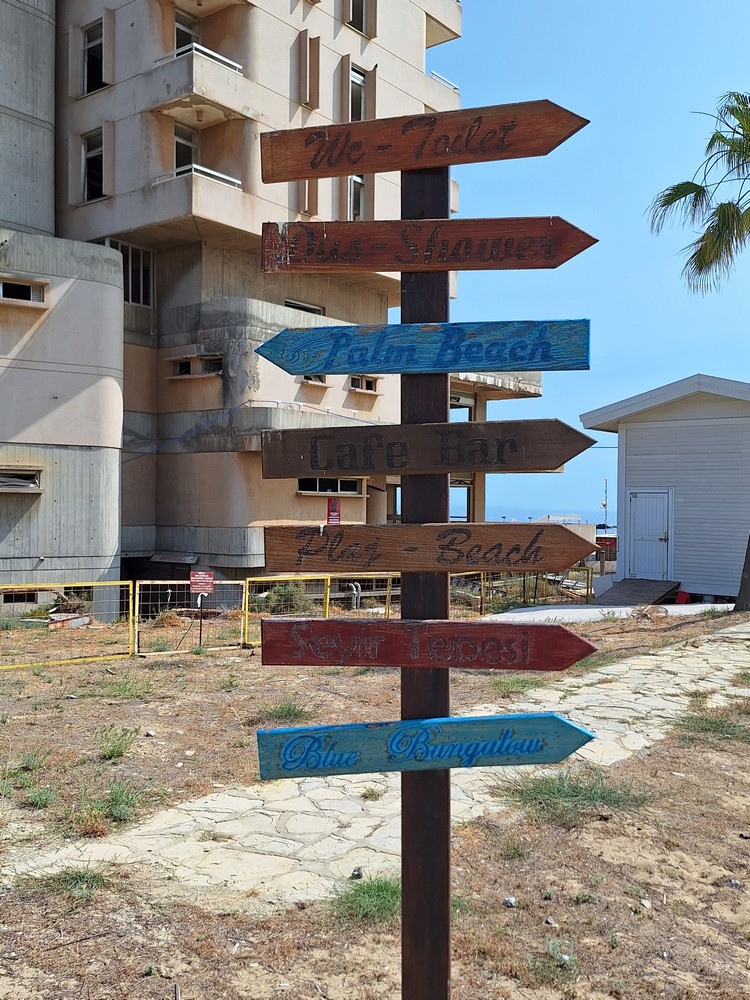

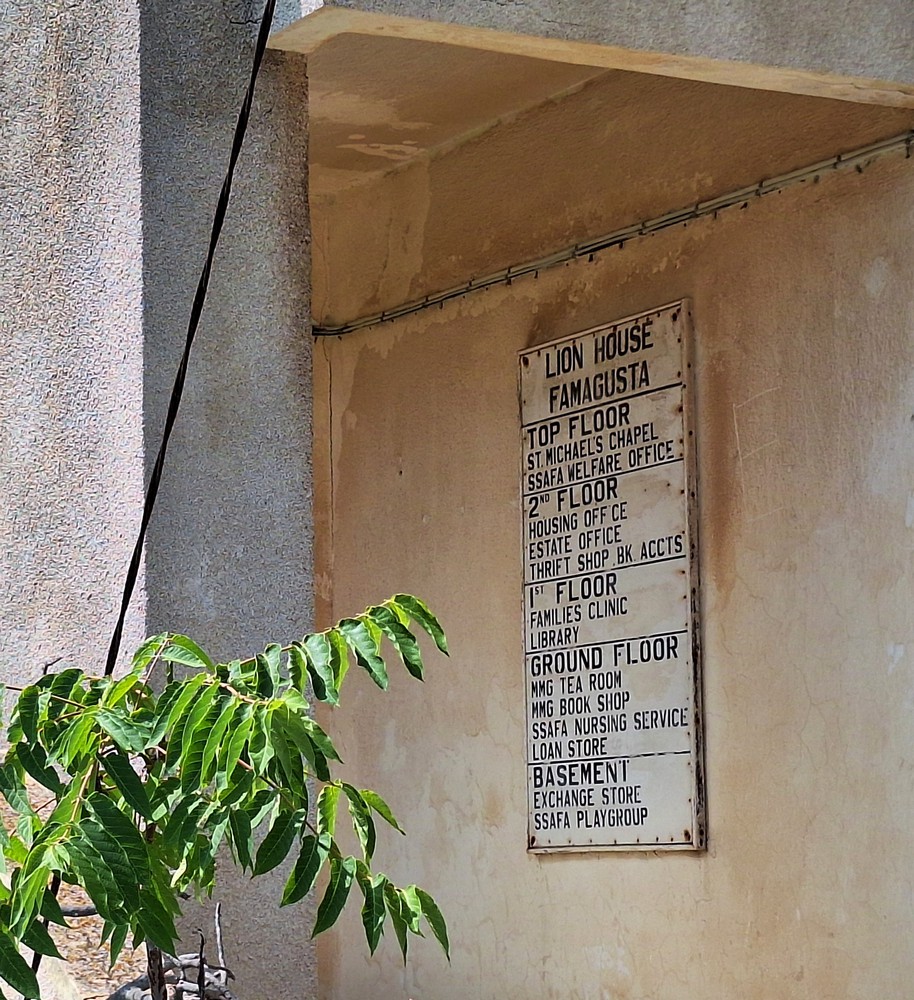

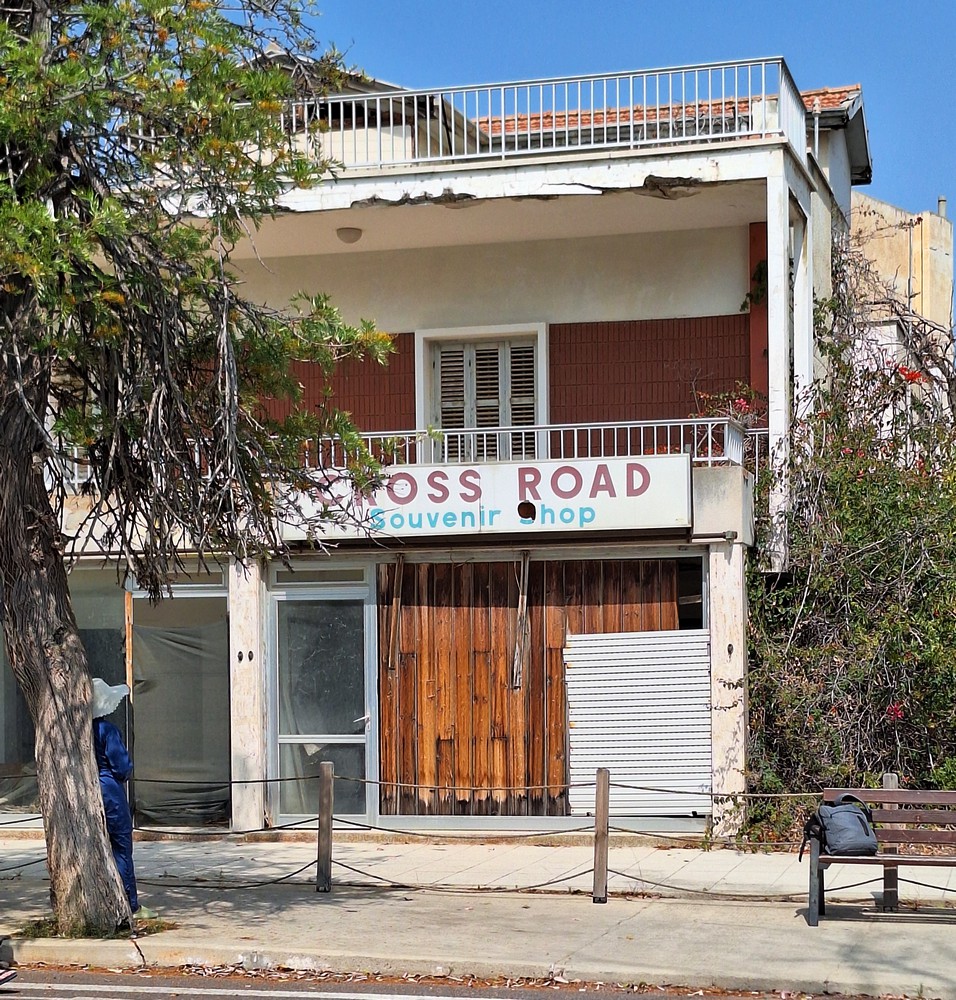
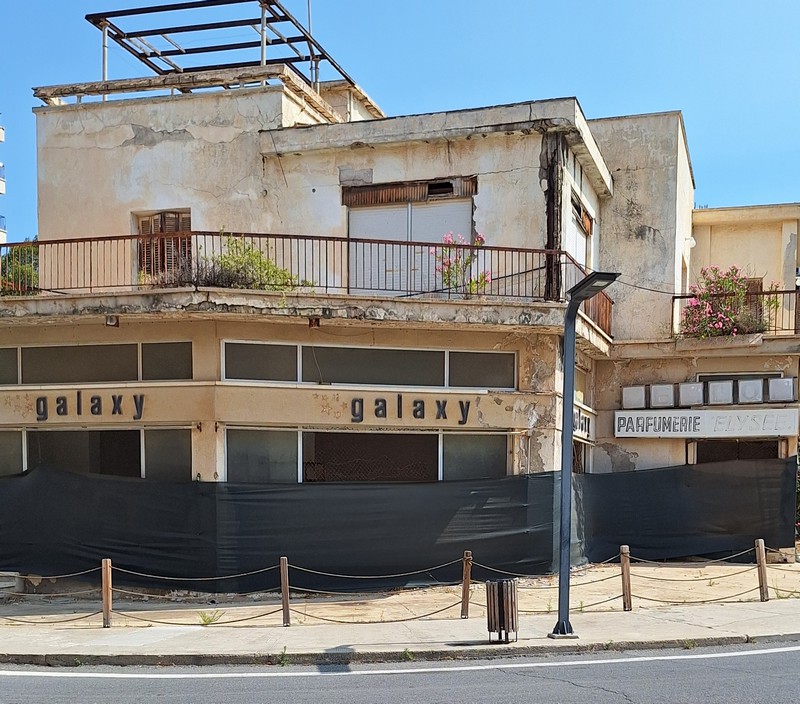



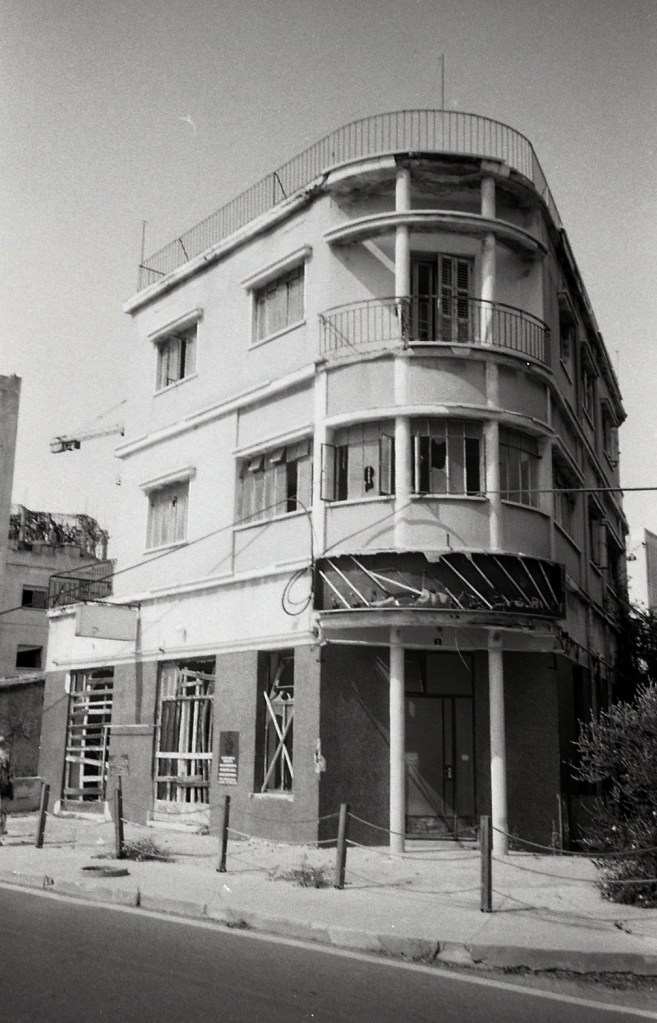
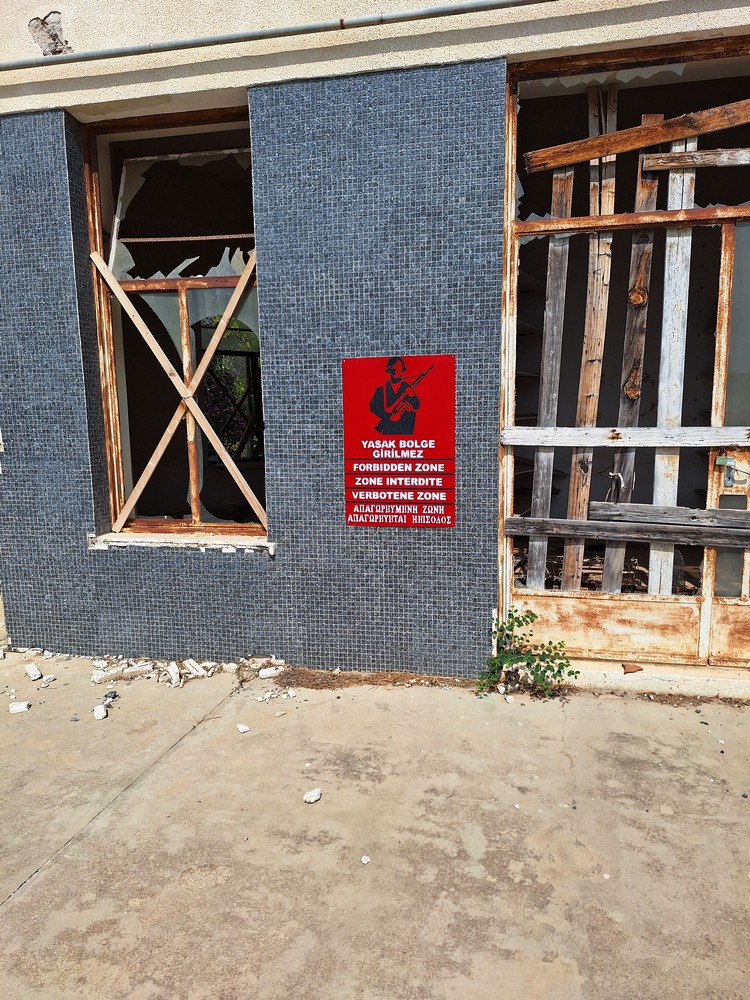
Another composition with the glass eye and table-tennis balls

Zantedeschia aethiopica mirabilis .
Grows spontaneously in some dark places (such as the consciences of mass murderers, genocide perpetrators, tyrants, dictators…). It is an invasive species.
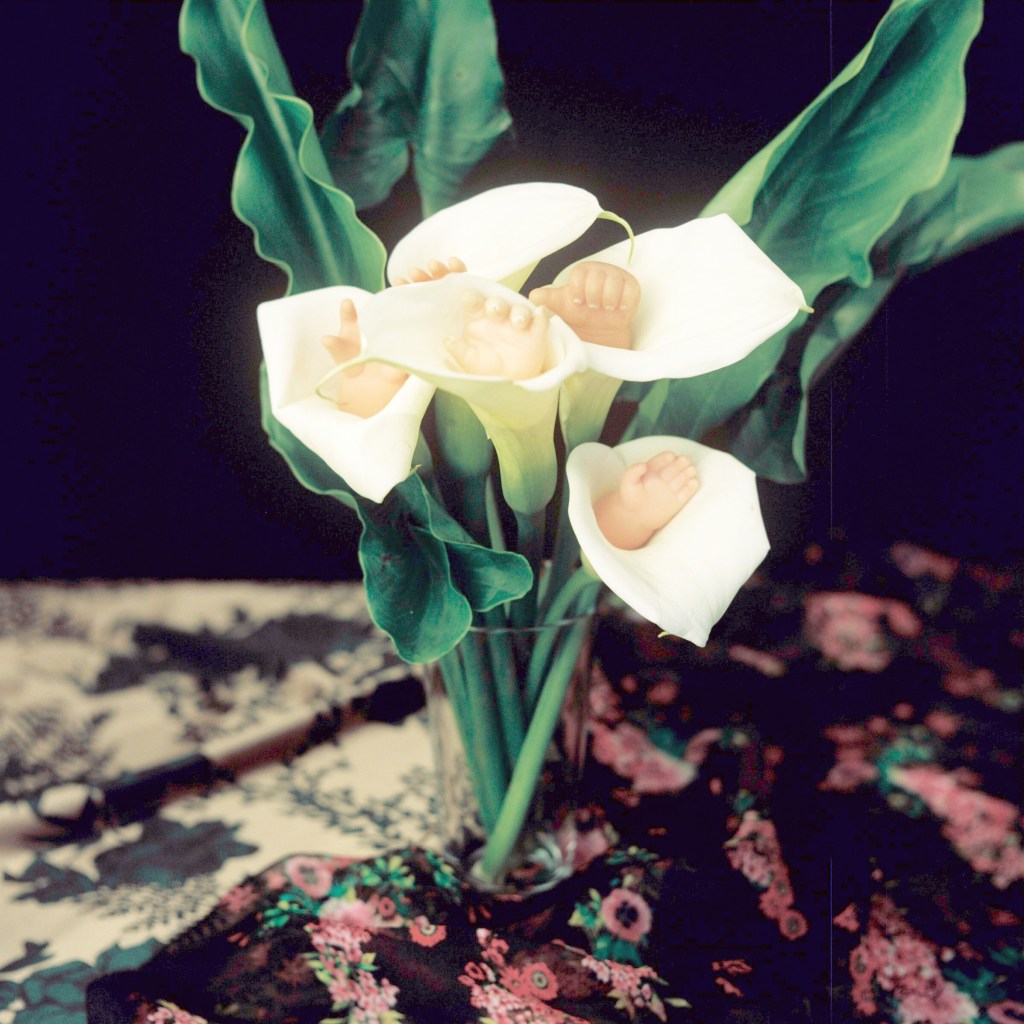
Bonjour Mr René M
The unexpected find of a bowler hat in flea-market. The hat was in a very good condition and was sent to the factory to be cleaned and to have the lining replaced. A small size hat ,nevertheless a good subject for a photo. I still have to try some different backgrounds – and a body with a better structure.
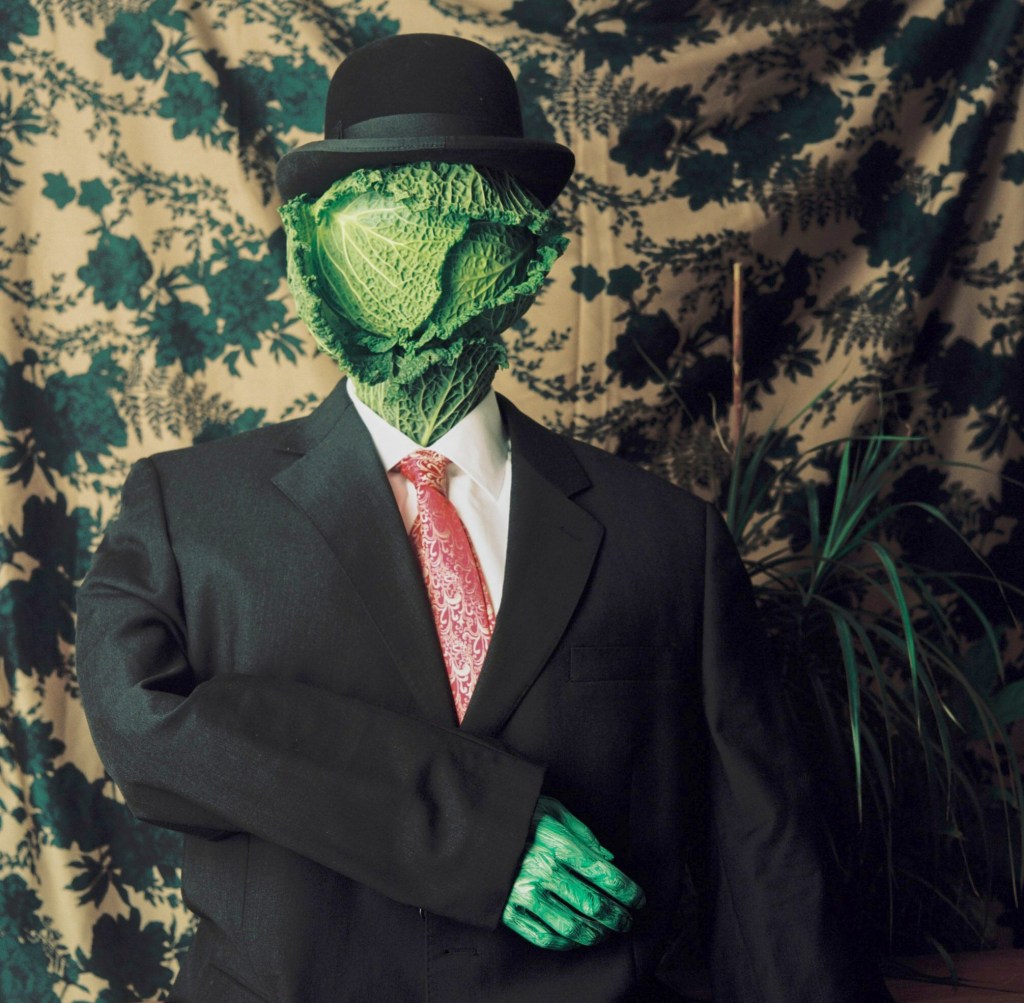
Some new photos from old subjects, in a very old style
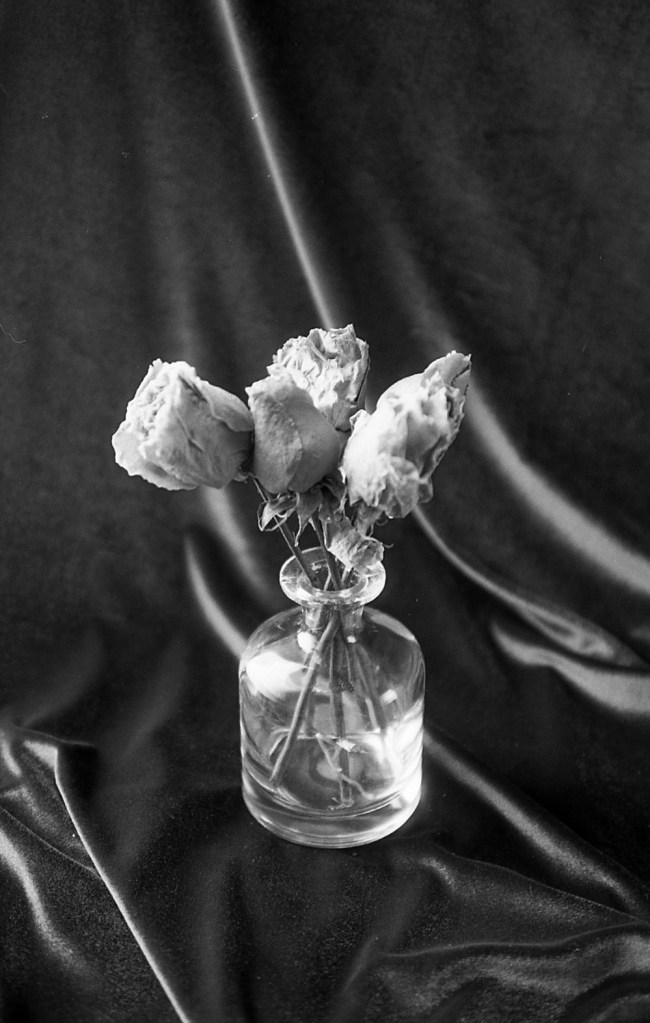

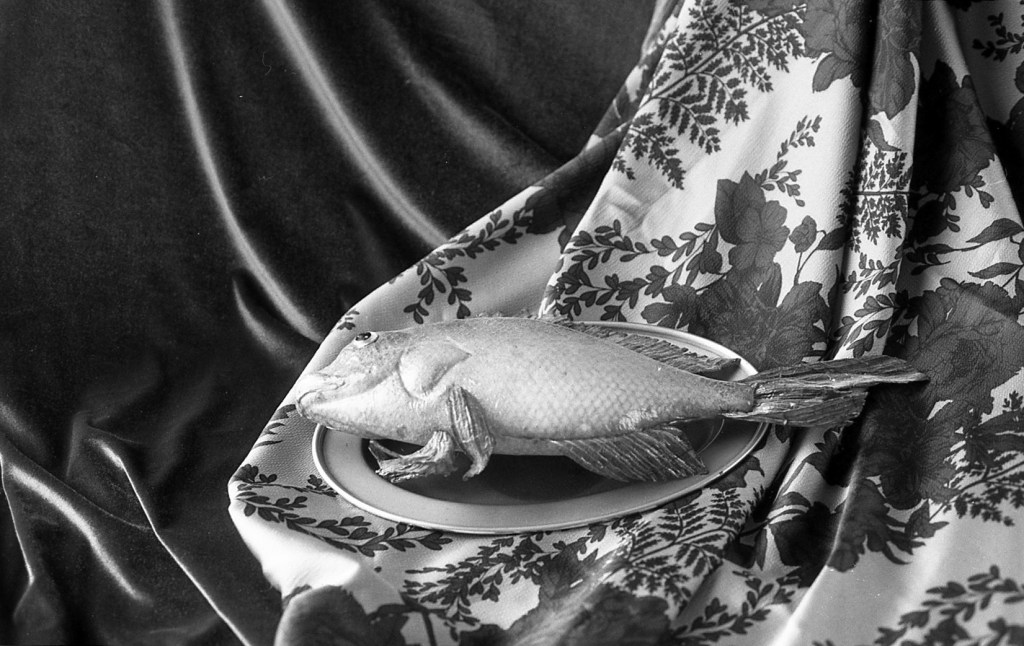
This time a very conventional and non-controversial style, a classic theme in photography, since forever. Nothing unusual, nothing that draws attention.
Two roses, a studio environment, sunlight from a window.
And that’s it.
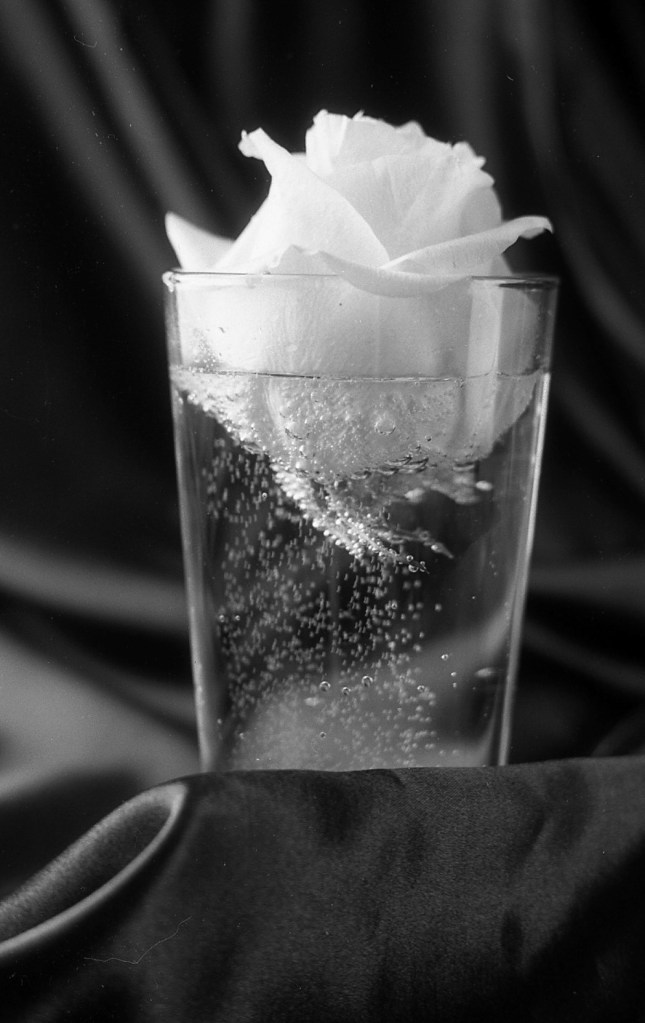
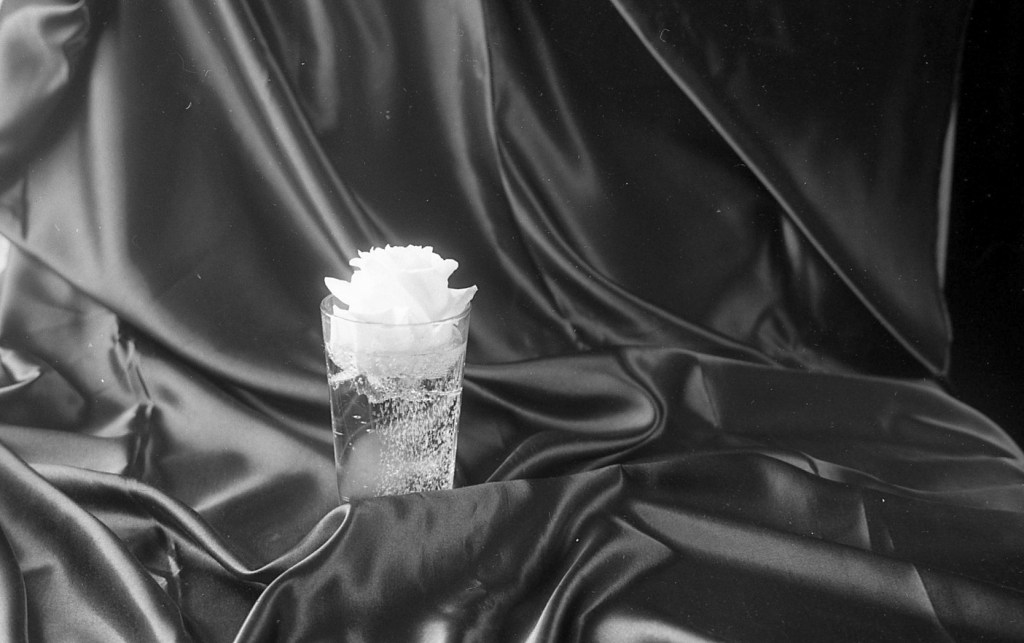
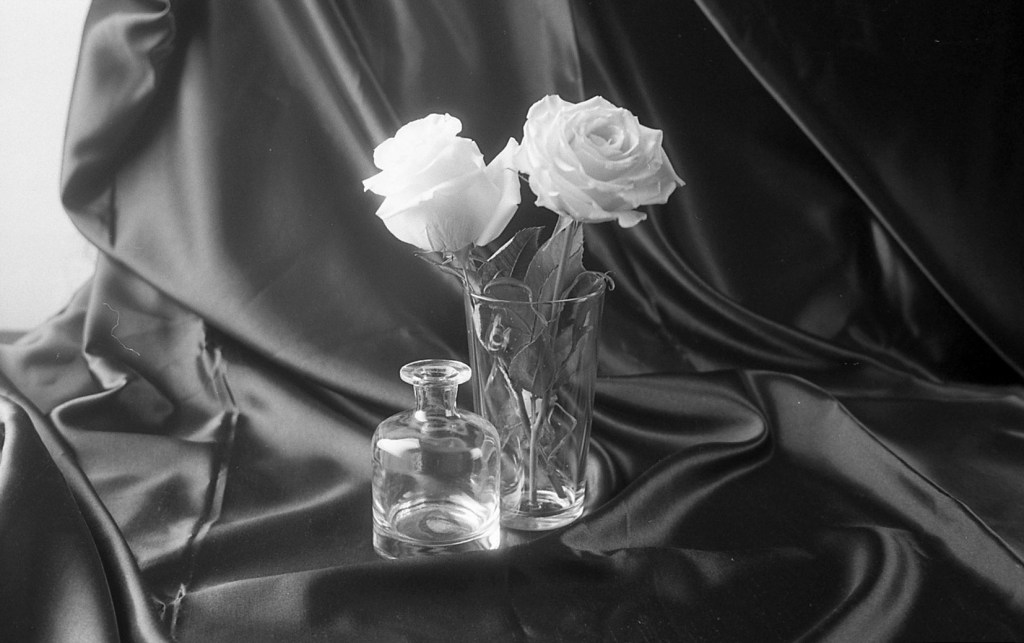
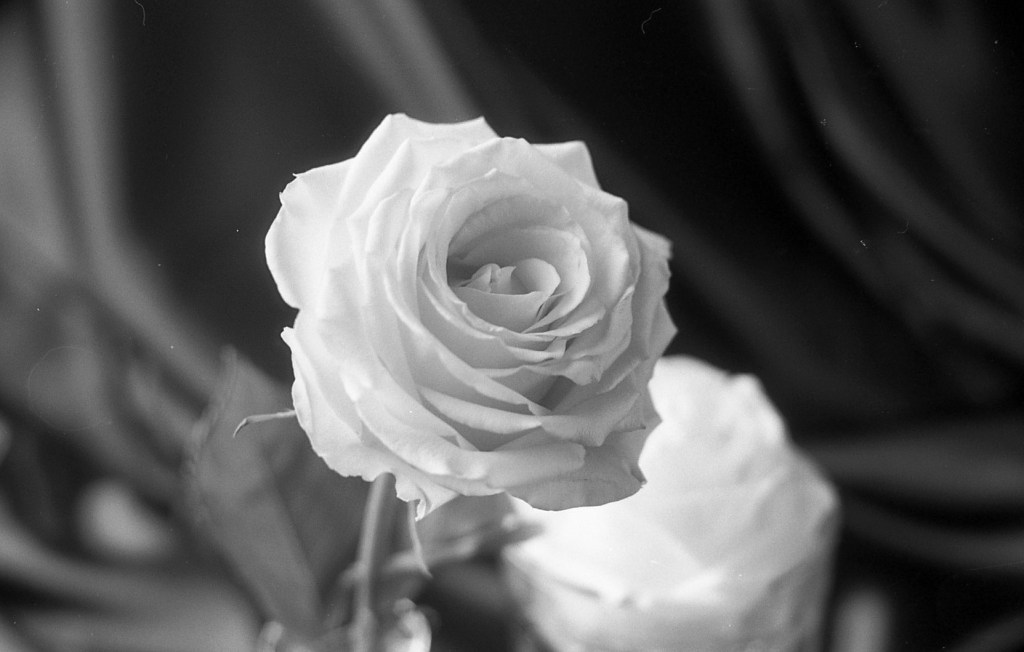
Yggdrasil is an immense and central sacred tree in Norse cosmology. Around it exists all else, including the Nine Worlds. Yggdrasil is central to the cosmos and considered very holy. The gods go to Yggdrasil daily to assemble at their traditional governing assemblies. The branches of Yggdrasil extend far into the heavens, and the tree is supported by three roots that extend far away into other locations. This information was provided by Wikipedia, and there are other versions of a giant World’s Tree (Orbis Terrarum Arbore) in several cosmogonies . Imagining the world as a tree is a nice idea – I made a less solemn and more trivial version of the Yggdrasil, oil on canvas 60 X 100 cm
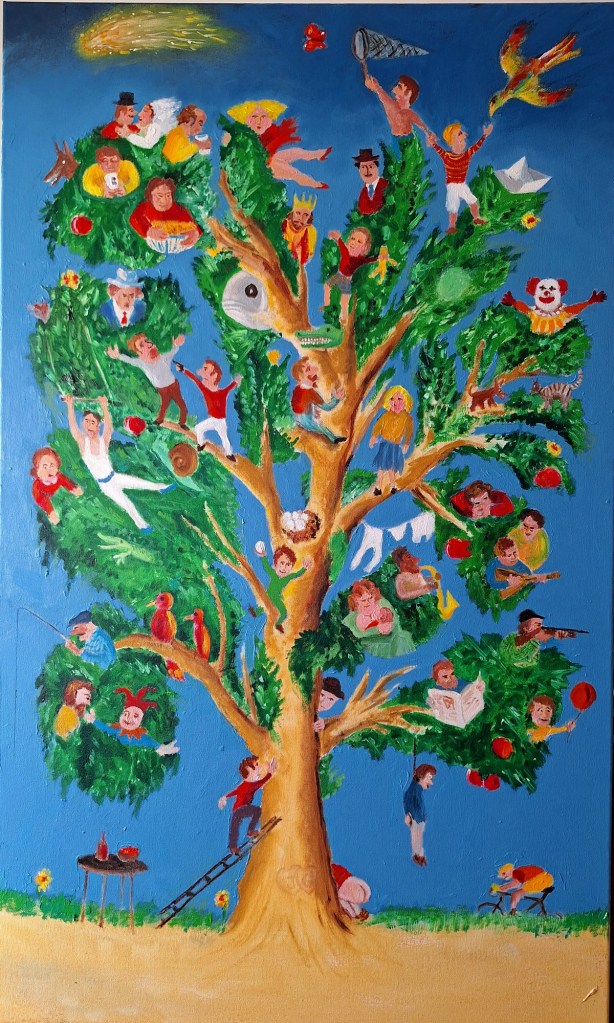
Two more smaller paintings (40 X 40, oil on plywood.) “Chess” and “Jongleur”
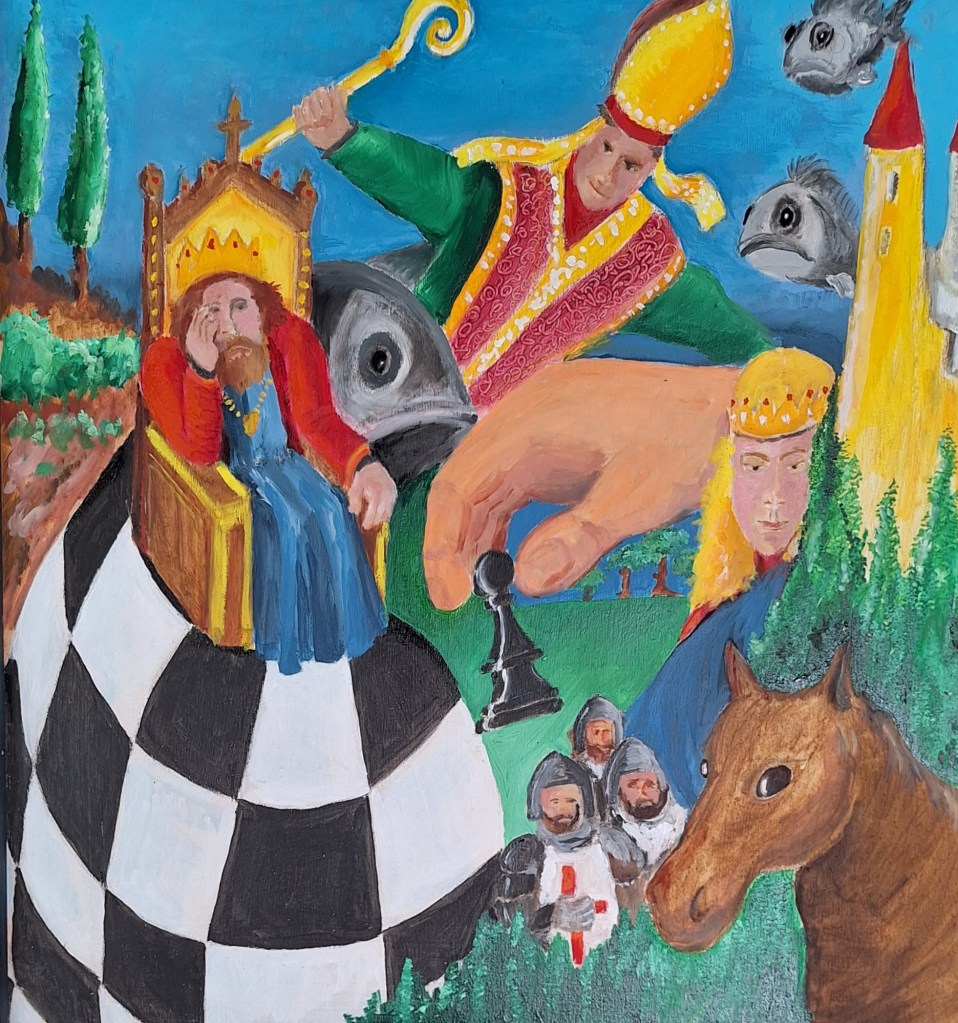

The flat South banks banks of the Tagus, close to the sea, show the amazing effects of the Atlantic tides. Last Saturday morning I had a chance to make some photos by the river, in Seixal Bay. A very peaceful morning with bright sky and the flat river bed usually covered by water. The poet Kate McGovern wrote that
“… Low tide reveals the soul of the sea-
Its secrets, its treasures
its sorrows…”





Another work in etching. A copper plate covered with a special varnish. A drawing is made on that varnish layer (in this case an imaginary portrait of the poet Fernando Pessoa holding a smartphone). The etched plate is bathed in acid – it burns the copper plate where the varnish was etched. The whole layer of varnish is removed by a solvent and the etched copper plate is inked. Excess ink is removed and a print is made. A sample of the etched copper plate and the resulting final print.
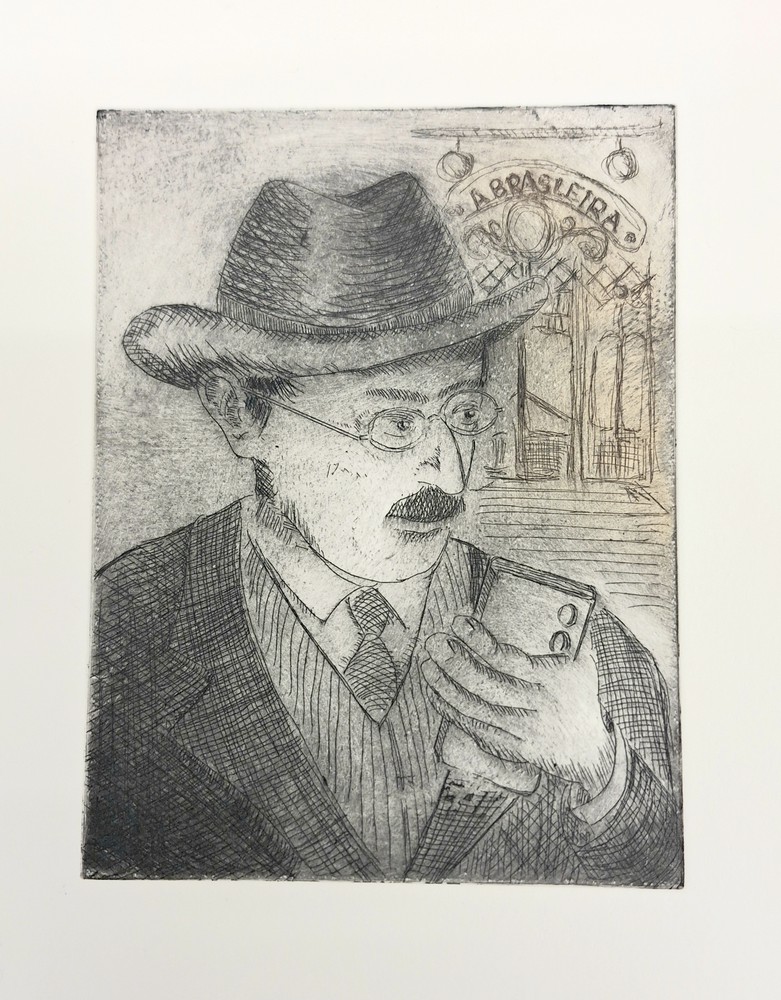

Drawing session last Monday
Some fast sketches of live models, brown chalk on paper

